Did you know that on average a Volkswagen Golf is sold every 40 seconds? The all-time bestselling European car has been with us for over four decades now and its jaw-dropping sales numbers continue to remain steady as of today, with an insane number of 33,312,123 Golfs sold worldwide at the end of 2016.

The past five years the Volkswagen Golf VII dominated the hatchback segment, which is a year longer than its predecessor, the Golf VI (2008-2012). The German bestseller is in for an update, but those of you who are eagerly anticipating the arrival of the official next generation Volkswagen Golf, the Golf VIII, will have to wait just a little while longer. Volkswagen just launched the Golf VII GP, or 7.5 if you will, a facelift of the 7th generation Golf which is to extend the model’s lifecycle by at least another 2.5 years.
It therefore shouldn’t come as a surprise that the new Golf is an evolution in its purest sense. Allow me to quickly go over the minor aesthetic changes before we dive into the specifics of each of the performance models and the all-electric e-Golf that I had the opportunity to drive over the weekend.
Design
The immediately evident cosmetic updates concern both the head- and taillights. At the front all Golf performance models now have freshly designed LED headlights that replace the old xenon lights. At the rear full-LED taillights come standard with any Golf. Altogether the new Golf’s design lines are less sharper-edged than those of its predecessor, something I personally think gives the new Golf a much better appearance.
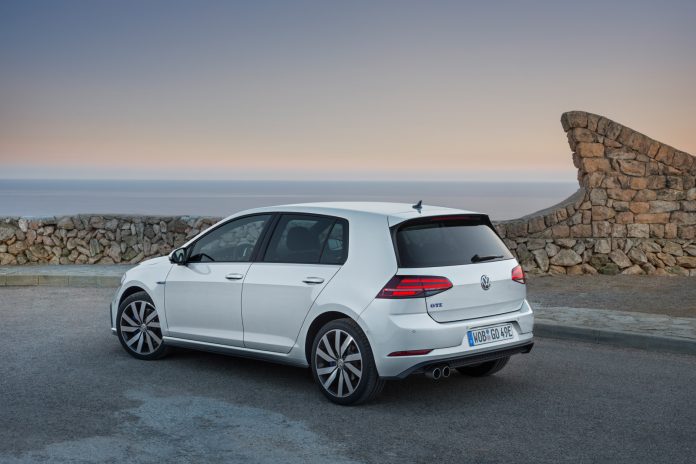
Additional design traits reside in the car’s various front-end faces. The different versions of the Golf are easily distinguishable through specific front bumper designs. The GTE and eGolf share additional LED lights in the lower part of the front apron and are complimented by a distinct blue line and badging that portray electric mobility. The new Golf GTI gets red accents, and the new range topping Golf R boasts gloss black accents.
Differences at the rear of the different model variants are characterized by the different tailpipes, or in the case of the e-Golf, no tailpipes at all. Just as its predecessor, the GTE has twin tailpipes on the left, the GTI has one on each side, and the R impresses with twin tailpipes on both sides of its rear end.
Golf GTE

I first got behind the wheel of the updated Volkswagen Golf GTE. Finished in white silver metallic, the new GTE looked especially striking under the bright Spanish sun. The impressive LED ensemble at the front is intriguing, and in particular I like the ‘winglet’ design LEDs at the lower end of the front bumper that smoothly transition into the flashy chrome central strip.
The car’s modern character is surely well represented on the inside as well. Behind the wheel I immediately take notice of the fully digitalized instrument cluster and enlarged infotainment screen. The optional 9.2-inch touch screen is a pleasure to work with and very responsive. When your hand comes in proximity of the screen it already lays out the menu options and ergonomically the system is set up in a logical way. The transition speed from one menu to another and the responsiveness of the navigation system still leave some room for improvement, but definitely do fine for the market segment in which the Golf operates.
The fact that the infotainment system is all touch also facilitates the base for a neat and clean interior. There is no clutter in the form of unnecessary buttons and knobs all over the mid-console and the interior finishes are of a fine standard.
In terms of tech the GTE and all other Golf models can now be optionally equipped with a new range of semi-autonomous driving and safety systems. One that is uniquely reserved for the GTE is the ‘predictive efficiency assist’, a system that I first got acquainted with on the Audi Q7 e-tron. It looks ahead of where you’re driving and in cruise control adjusts the speed for corners and other lower speed obstacles to accomplish maximum efficiency. The new systems make use of new sensors and cameras, one of which is easily recognizable at the front of the car, right below the VW logo which functions as the car’s charge port.
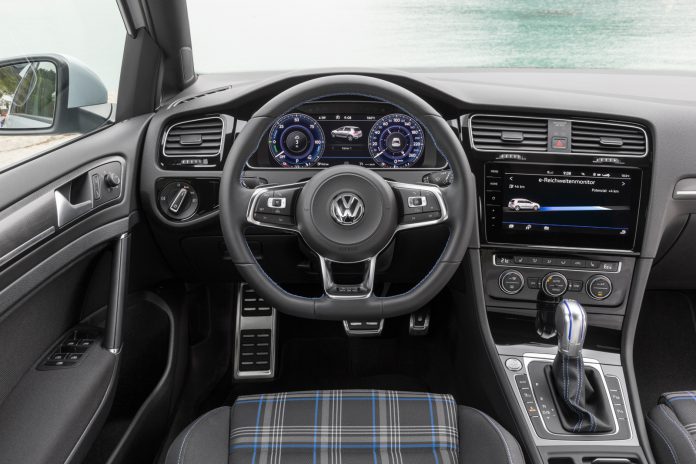
The steering wheel felt sturdy and is equipped with all the necessary buttons and features, including the shiny GTE engraving at the bottom. With the push of a button I brought the car to life in nothing but silence. We pulled away in ‘EV-mode’, a fully electric driving mode that taps into the car’s battery and should be capable of doing a full 50 kilometers without the help of the combustion engine. In order to access the full combined 204 hp produced by the hybrid drivetrain, you’ll have to engage ‘GTE’ mode.
In GTE mode the car gains a powerful and sporty character combining both its sources of power. It’s by far the most engaging drive mode and comes with a mild (speaker-induced) roar from the 150 hp TSI engine. The 6-speed DSG transmission becomes a bit more alert yet the car’s suspension remains exceptionally comfortable. When cornering at higher speeds in a more challenging setting however, I did feel the significant amount of extra weight that the battery and electric motor tacked on. The GTE seems to be far better suited for the ordinary urban and highway commute. It’s a comfortable highway cruiser that serves the needs of many.
e-Golf

The next day a Volkswagen e-Golf stood ready to take me to the race track. Ahead of me, a 68-kilometer commute with 300 kilometers all-electric driving range. Taking place behind the wheel all was reasonably familiar given that the e-Golf and GTE share most of their design traits. The 9.2-inch infotainment system comes standard with the e-Golf, whereas it remains an option on all the other Golf models.
The digital ‘active info’ display remains an option though. What’s cool is that the infotainment system also comes with some forms of gesture control, a first in its segment. The new e-Golf, which follows in the footsteps of the e-Golf first introduced in 2014, also comes with the latest semi-autonomous driving and safety equipment, of which pedestrian monitoring comes standard given the quiet nature of the car.
In order to do as well as possible and get the maximum amount of range out of the 300 kilometers (NEDC), I kept the use of the infotainment system and climate control at a minimum and saved the dynamic driving for the e-Golf’s more capable siblings later that afternoon. I started off with 276 kilometers of range – a near full battery. Although I realized that the driving route was far from ideal given the diverse landscape and differences in altitude, the upgrade in range over the previous model, which only had a driving range of 190 kilometers, should enable me to reach my destination quite comfortably.
Pulling away I felt the immediate response that is so characteristic for an electric powertrain. The e-Golf now has 136 hp (100 kW) instead of 115 hp (85 kW) previously. It reaches 100 km/h from 0 in 9.6 seconds and the car’s top speed is electronically governed at 150 km/h. This implies that the e-Golf should be ideal for the everyday urban commute, one that is on average not more than 50 kilometers says Volkswagen.
But how are e-Golf owners going to tackle long journeys and holiday road trips? Well, Volkswagen have thought of this and introduced the ‘supplementary mobility program’. All e-Golf owners get free access to all of Volkswagen’s latest passenger cars (except the Touareg) for up to 30 days a year, for the first two years after registering their e-Golf.
After an hour or so I arrived at the race track right outside Palma de Mallorca. A reasonable stretch of the trip was an easy highway commute where I got to play around with some of the optional assistance systems. The cruise control with auto lane steer does the job just fine.
Something I couldn’t wrap my head around however, was the way the regenerative braking system operates in the e-Golf. Even when going downhill and letting go of the throttle, it often took quite a while before the system started winning back energy and sometimes didn’t recuperate energy at all unless I tapped the brake pedal. This kind of felt like a missed opportunity, because in the right setup it would keep you going, recuperate energy and save brake discs at the same time.
Afterwards I was told that there is a setting that can change how strongly the car recuperates energy, which explains why in my case the e-Golf was not winning back energy when letting go of the throttle whilst going downhill. Apparently I drove in ‘normal’ mode only, in which energy recuperation is set at a minimum. Pull the gear lever back in ‘P’ and the e-Golf will regenerate energy as much as possible. Essentially this mode should enable you to drive using one pedal only and get the maximum range out of a full battery.
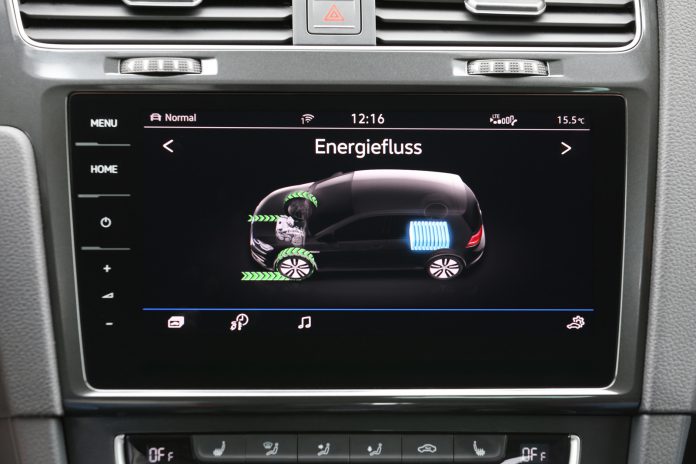
Upon arrival I had about 150 kilometers of range left and managed to ‘only’ get a 65 out of 100 ‘blue efficiency’ score, despite driving in cruise control and under the speed limit most of the time. Despite the increase in battery capability (35.8 kWh over 24.2 kWh previously), the car didn’t quite sell me on electric mobility. But does it have to? The e-Golf’s main purpose is to reach the customers that are already sold on electric mobility but simply haven’t been able to afford it until now.
It may be fair to also conclude that the Golf’s architecture might not be the greatest fit for an all-electric vehicle. Producing an electric car is one thing, producing an electric car while being constrained by existing architecture is another. Given the previous it’s nonetheless impressive what Volkswagen have managed to come up with, but I feel like it could be so much more if it were all-electric from the ground up.
Golf R
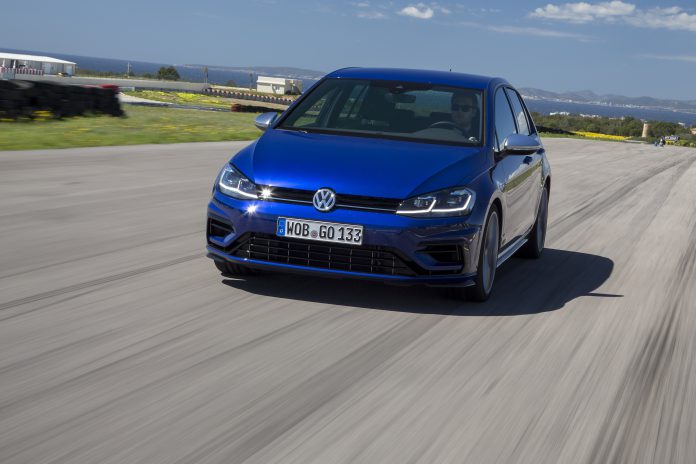
After a relaxing ride in the Volkswagen e-Golf, it was time to take the more thrilling Volkswagen Golf R for a spin around the racing circuit of Mallorca. The setting of the track is magnificent: palm trees, a view of Palma de Mallorca in the background, challenging curves and plenty of altitude differences.
My weapon of choice was the Golf R with the 7-speed DSG dual clutch, now good for 310 hp (228 kW) and 400 Nm of torque. It comes with all-wheel drive and a launch control option as standard, enabling a 0-100 km/h sprint in just 4.6 seconds. Were you to opt for the manual six-speed, there’ll be no such thing as launch control and you’ll have to do with 380 Nm of torque, securing a 0-100 km/h sprint in 5.1 seconds.
Top speed is electronically governed at 250 km/h, but can be extended by speccing the performance pack which lifts the top speed of the hot-hatch to 267 km/h, and 270 km/h if you have the Volkswagen Golf R Variant.
The Golf R’s exhaust has a nice ring to it too. If you feel particularly flush, you can even go for the optional lightweight Akrapovic exhaust system delivering an even more fruitier exhaust note. On the track the Golf R proved to be a very capable companion. It handles well and accelerates out of corners fiercely thanks to the 4MOTION all-wheel drive. The stiffer chassis and suspension setup kept the hot-hatch in check, while the performance braking system (optional) boosted confidence even further.
Golf GTI Performance
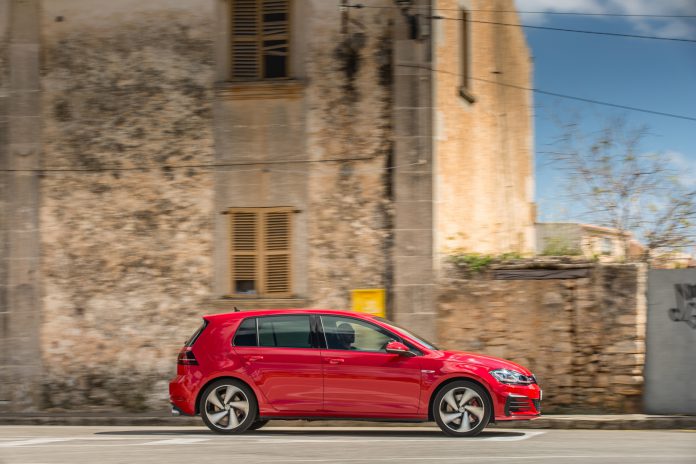
I spent by far the most time driving the new Volkswagen Golf GTI Performance on the open country roads of Mallorca. I opted for the six-speed manual which is standard on the GTI and thoroughly put it through its paces. The GTI looks very appealing in the bright shade of red combined with black accents. The black honeycomb grille makes the red GTI badging pop, while the other black accents do the GTI’s performance styling justice.
Under the hood the GTI Performance gets an extra 15 hp and 20 Nm, bringing its total output to 245 hp (180 kW) and 370 Nm of torque. That’s good enough for a 0-100 km/h sprint in 6.2 seconds and an electronically limited top speed of 250 km/h.
The updated GTI Performance also boasts a lot more equipment as standard compared to both its predecessor and the ‘regular’ GTI. The 230 hp GTI without performance pack comes with 17-inch wheels, LED lighting, progressive steering and a sports suspension as standard, while the GTI Performance is further equipped with a front differential lock and a larger brake system with red-painted calipers.
The GTI Performance packs a serious punch with maximum torque available from as low as 1,600 rpm until 4,300 rpm. Especially in second gear it just keeps on pulling all the way to and slightly beyond 100 km/h. The following soundtrack from the rear makes the driving experience even more intense.
On the back country roads is where the GTI feels perfectly at home. It steers in sharply and the front differential lock helps mitigate understeer. The golfball gear stick feels robust and the six-speed is truly a pleasure to work with. Half of the time I was so engaged hooning the GTI up the mountain that it made me forget all about the fact that it’s a front-wheel drive. A FWD performance car can in fact be a lot of fun, and Volkswagen nailed it with the GTI.
On the inside too the car is setup in a way where no clutter or other unnecessary features distract from an engaging driving experience. This includes the active info digital display, one that I found somewhat confusing in the electric models due to an overload of information, but looks significantly cleaner in the GTI showing just the info you need. I am sure the new GTI will be the next chapter in the performance hatch’ long lasting success story.
Conclusion and Buying Guide
Driving four different variants of the 2018 Volkswagen Golf facelift provided me with a solid impression of the world’s all-time European bestseller. The minor cosmetic changes positively enhanced the car’s looks and the vast array of new safety and driving assistance systems ensure that future Golf owners are all up-to-date on the latest and greatest. I envy the diversity of the Volkswagen Golf and the many different faces it has, from completely quiet and clean to downright loud and angry. There is a Golf for everyone, no wonder it’s the brand’s all-time bestseller!
But which one is right for you? I realize that the overload of information above might be a bit hard to digest so let me round up my advice for you.
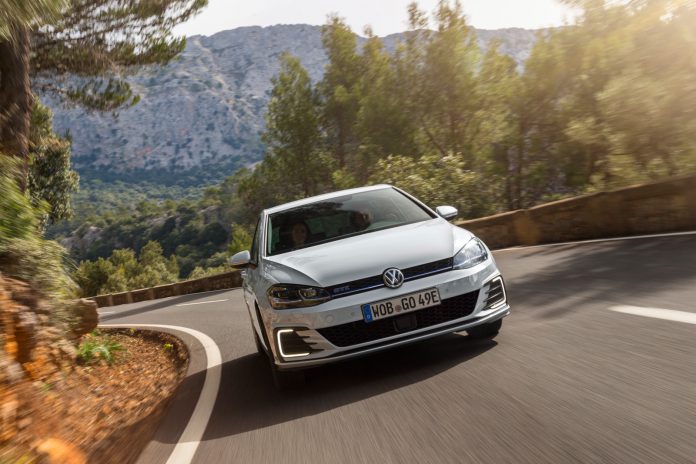
If you want a bit of everything but don’t want to compromise on performance, the GTE might be your best option. This is especially the case if your local institutional context is favorable. In many European countries for example, the GTE is made extra affordable through corporate leasing and government subsidies. As a private purchase the Golf GTI might be a more interesting option if it’s performance that you’re after.
The GTE starts at a hefty €36,900 in Germany, while the standard GTI has a price tag of just €29,975. The Performance GTI is significantly cheaper than the GTE too, and starts at €32,475. When it comes to the GTI my advice is you take the manual. While the new 7-speed DSG is very capable and might even save you some fuel here and there, the manual is far more engaging and saves you an extra 2,000 bucks.
If you want only the best the Golf has to offer I would point you towards the Golf R. I however cannot say that it was necessarily more fun to drive than the GTI. Whether that makes the increased performance and track gadgets worth the extra €12 to €15k is something you need to decide for yourself. The range topping Volkswagen Golf R with 7-speed DSG starts at €44,800 in Germany.
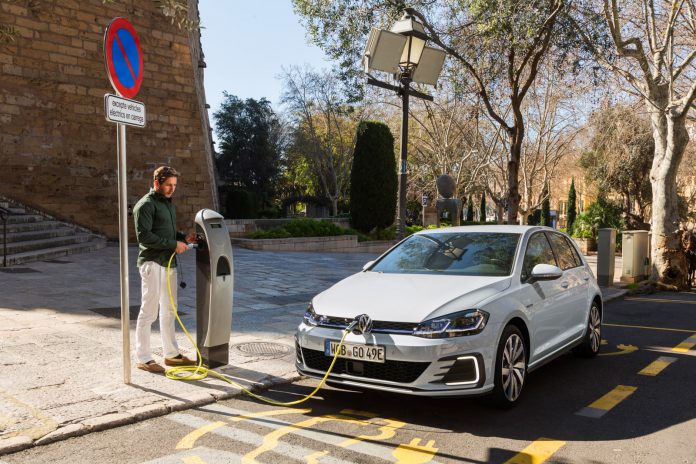
Finally the e-Golf might be somewhere on your list if you’re planning to go all electric. If you live in an urban area and your daily commute is nothing too crazy, the e-Golf might just be for you. Given its 300 km range and wide range of features the €35,900 price tag is quite acceptable. Especially if you take into account that such is the price before the zero emission subsidies that you stand to receive, depending on your country’s regulations of course.
As a final note, do opt for the ‘R-Line’ exterior package. It really adds proper flair to your new Golf and starts at a premium of only €1,105.














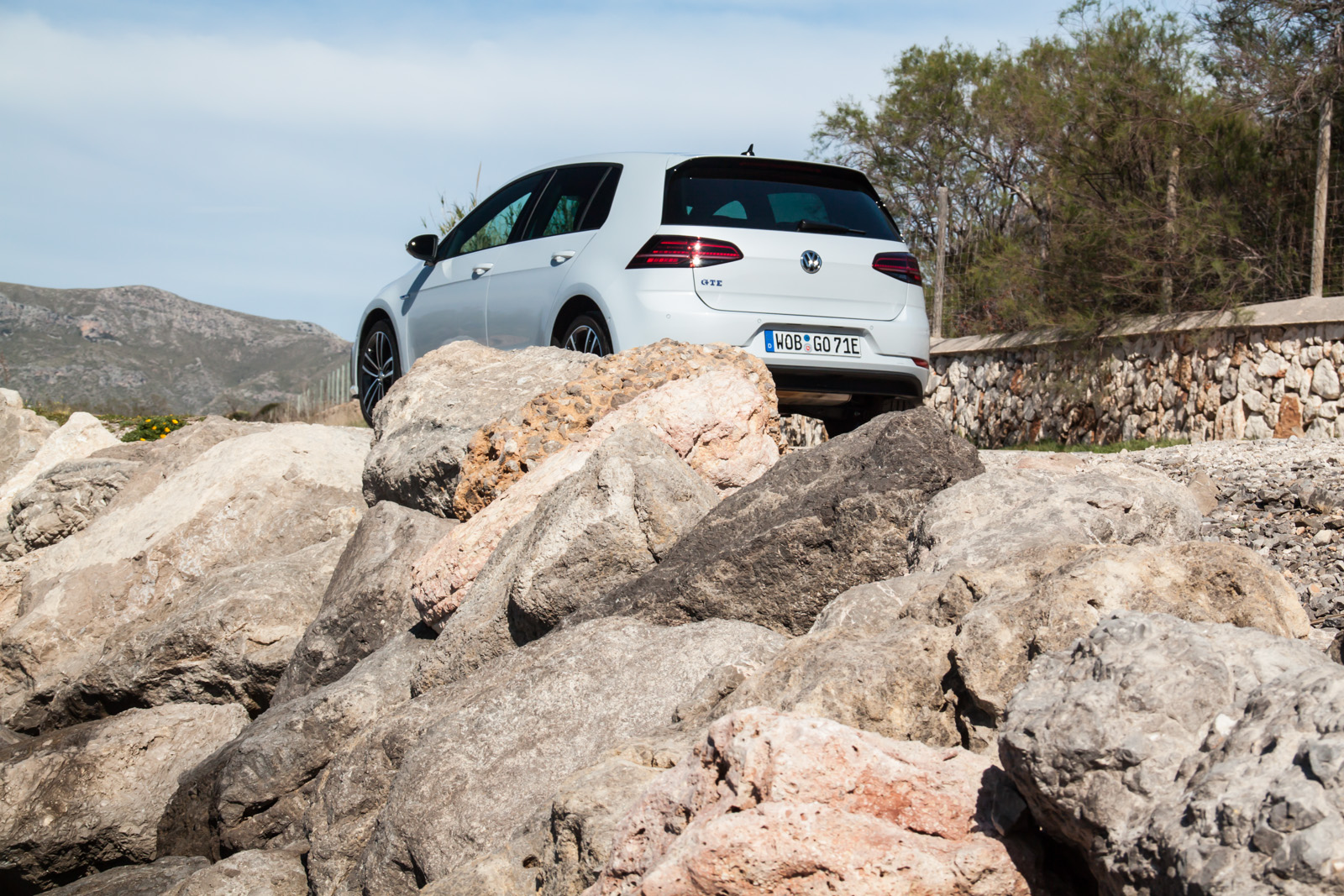











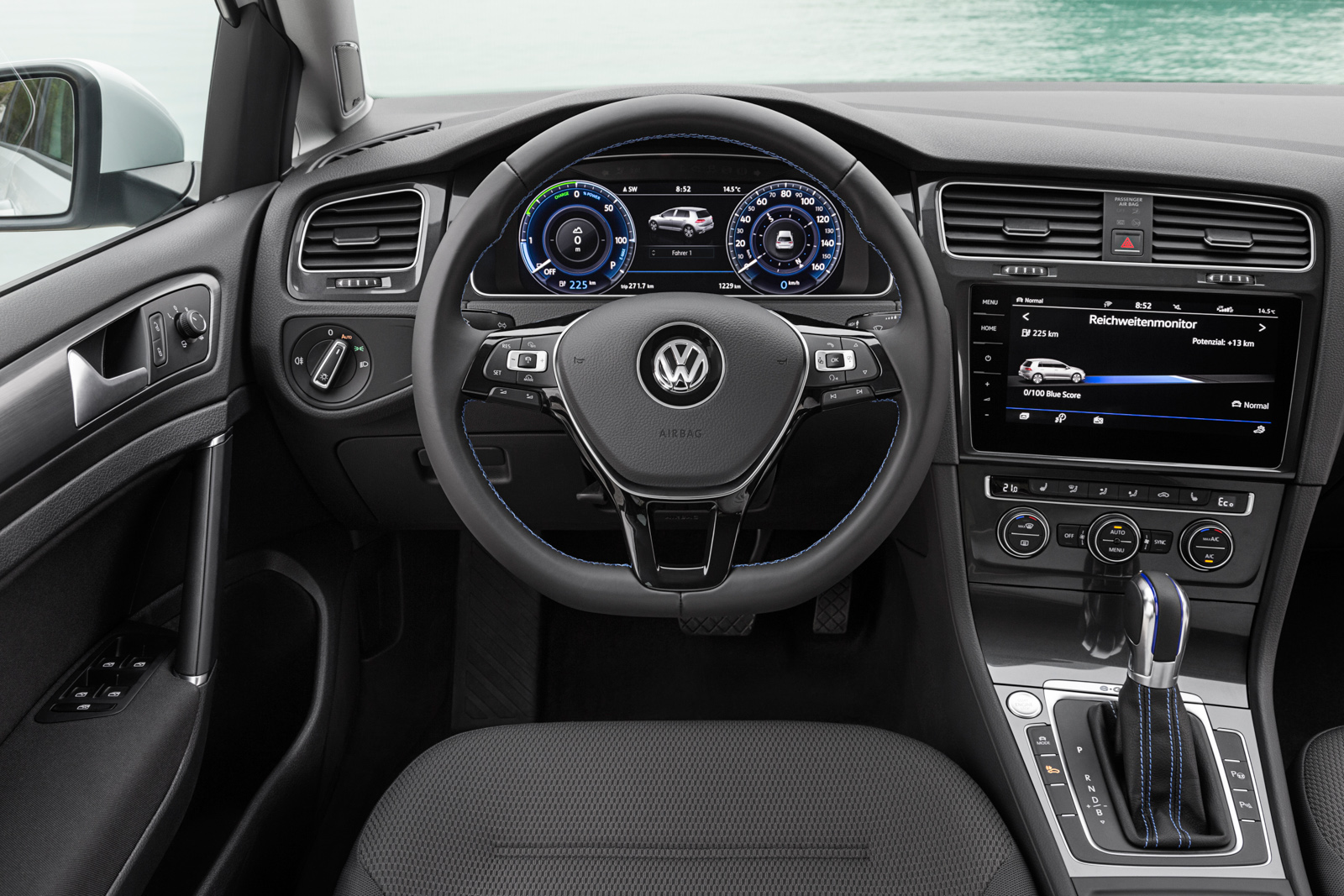


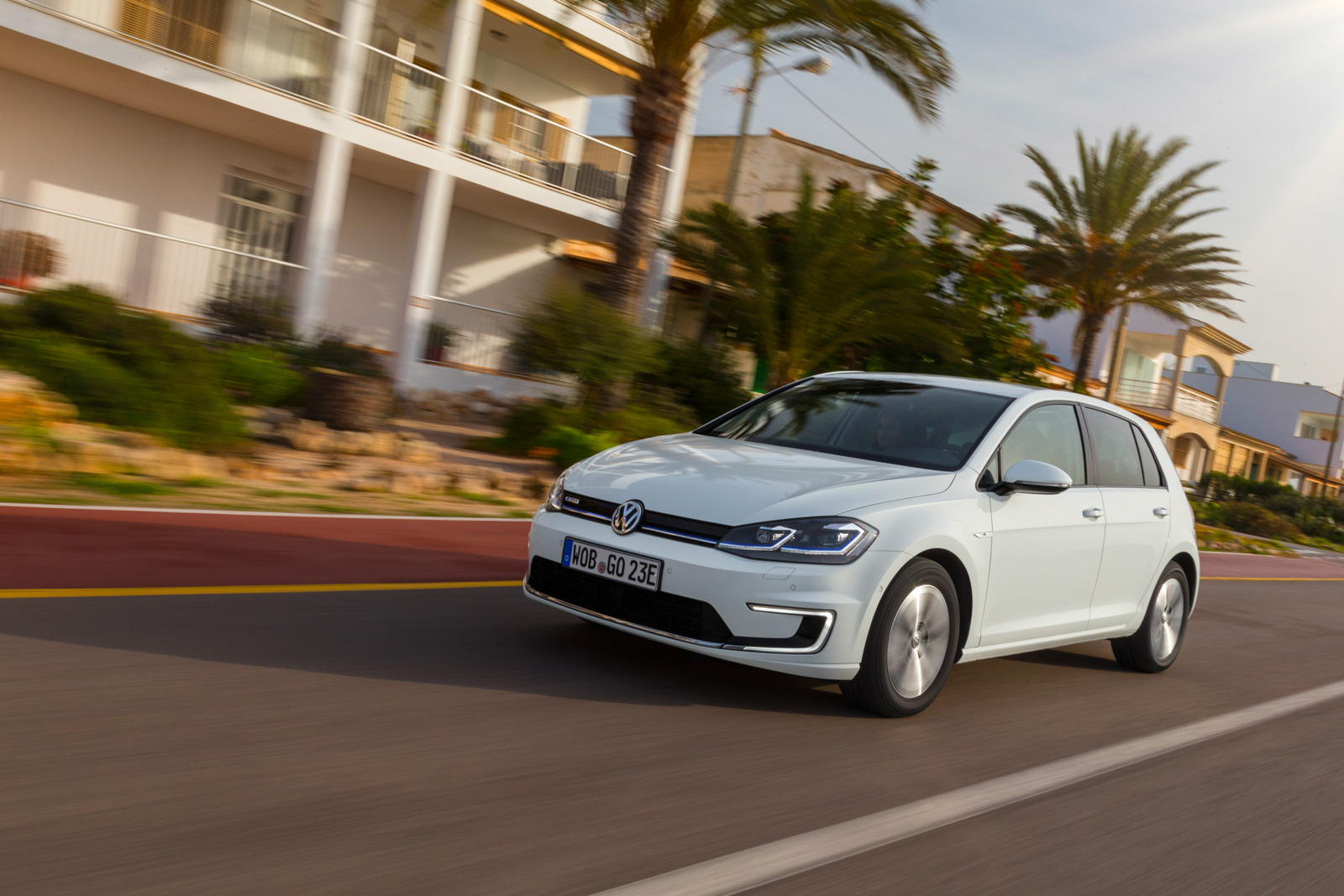
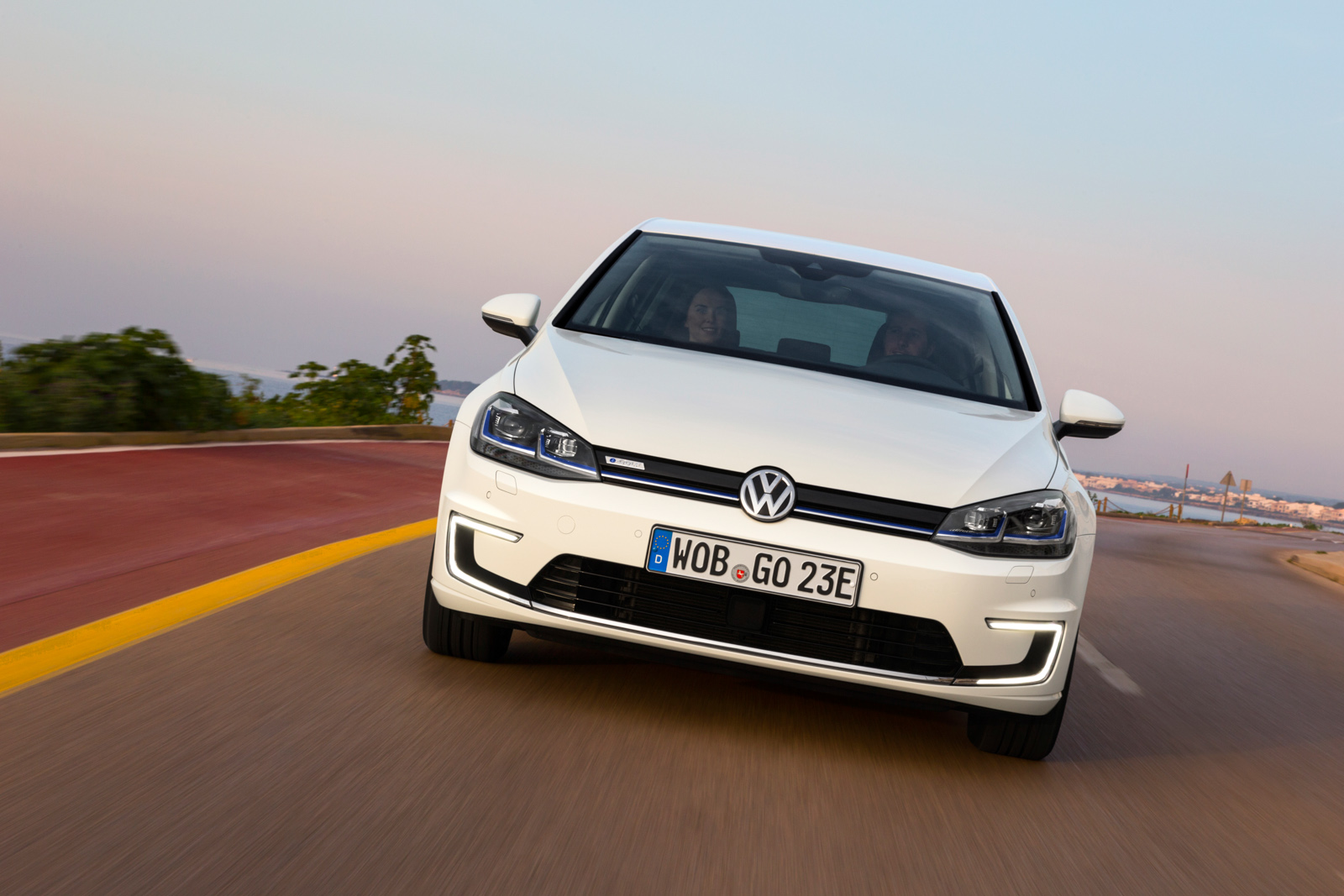



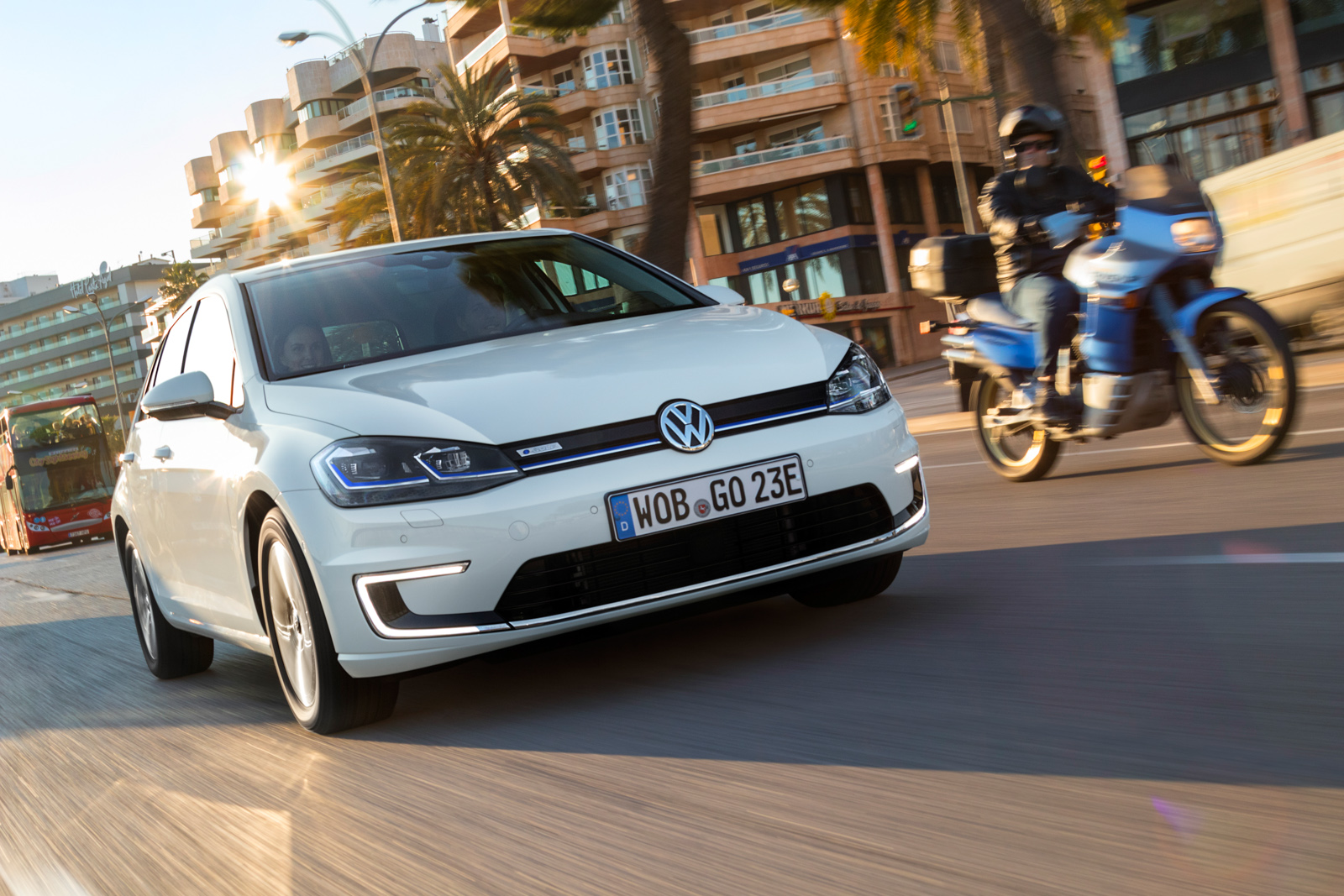

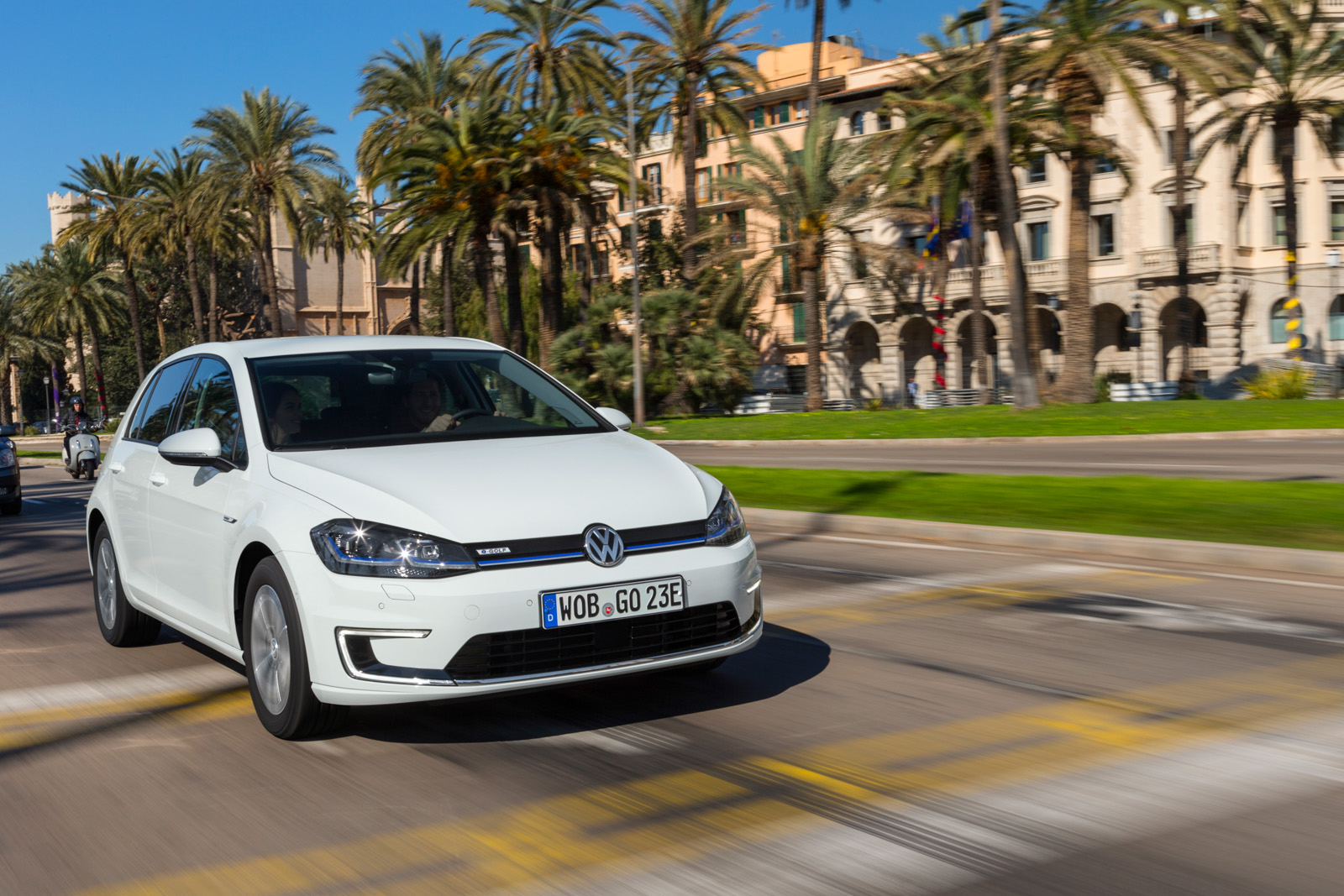
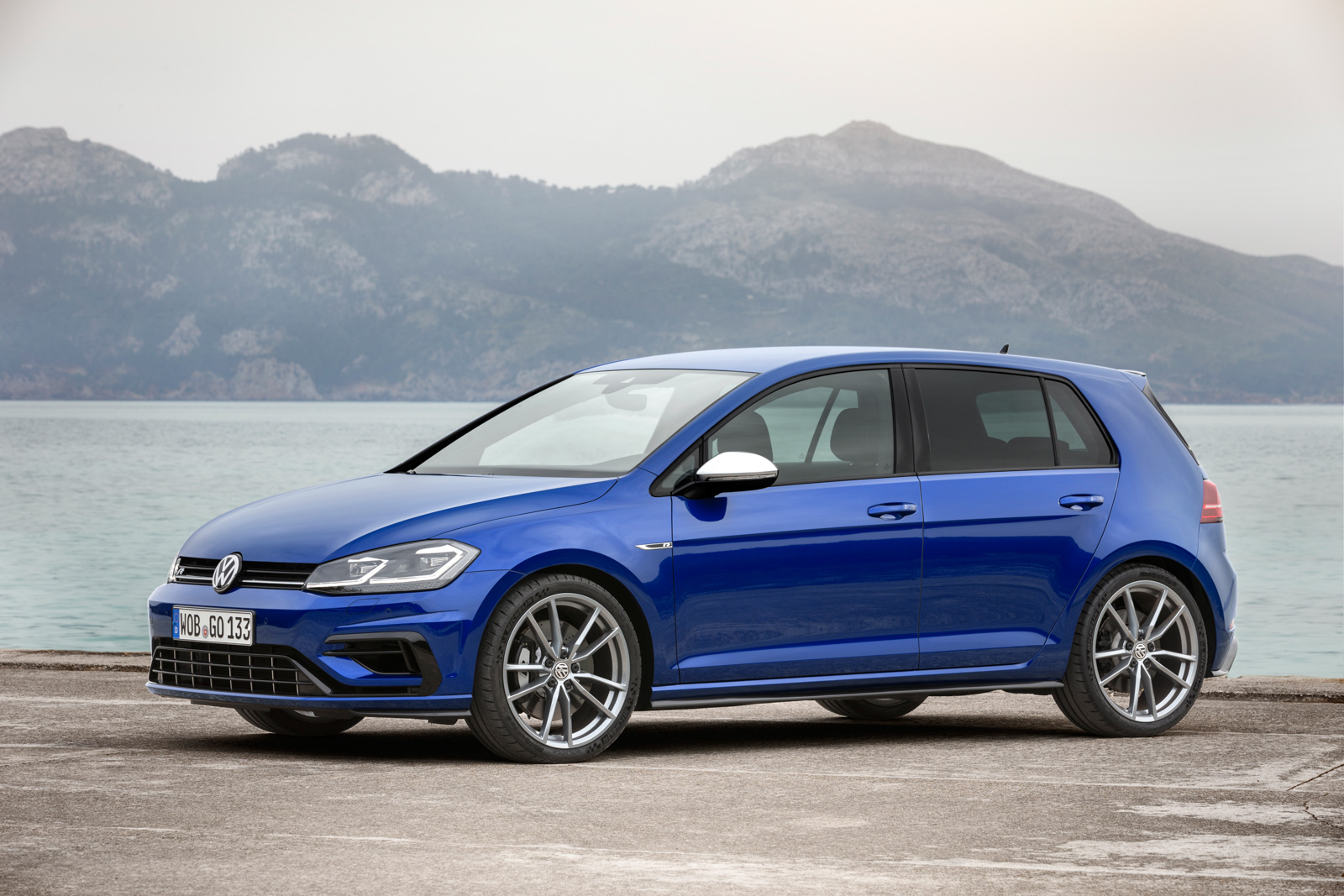
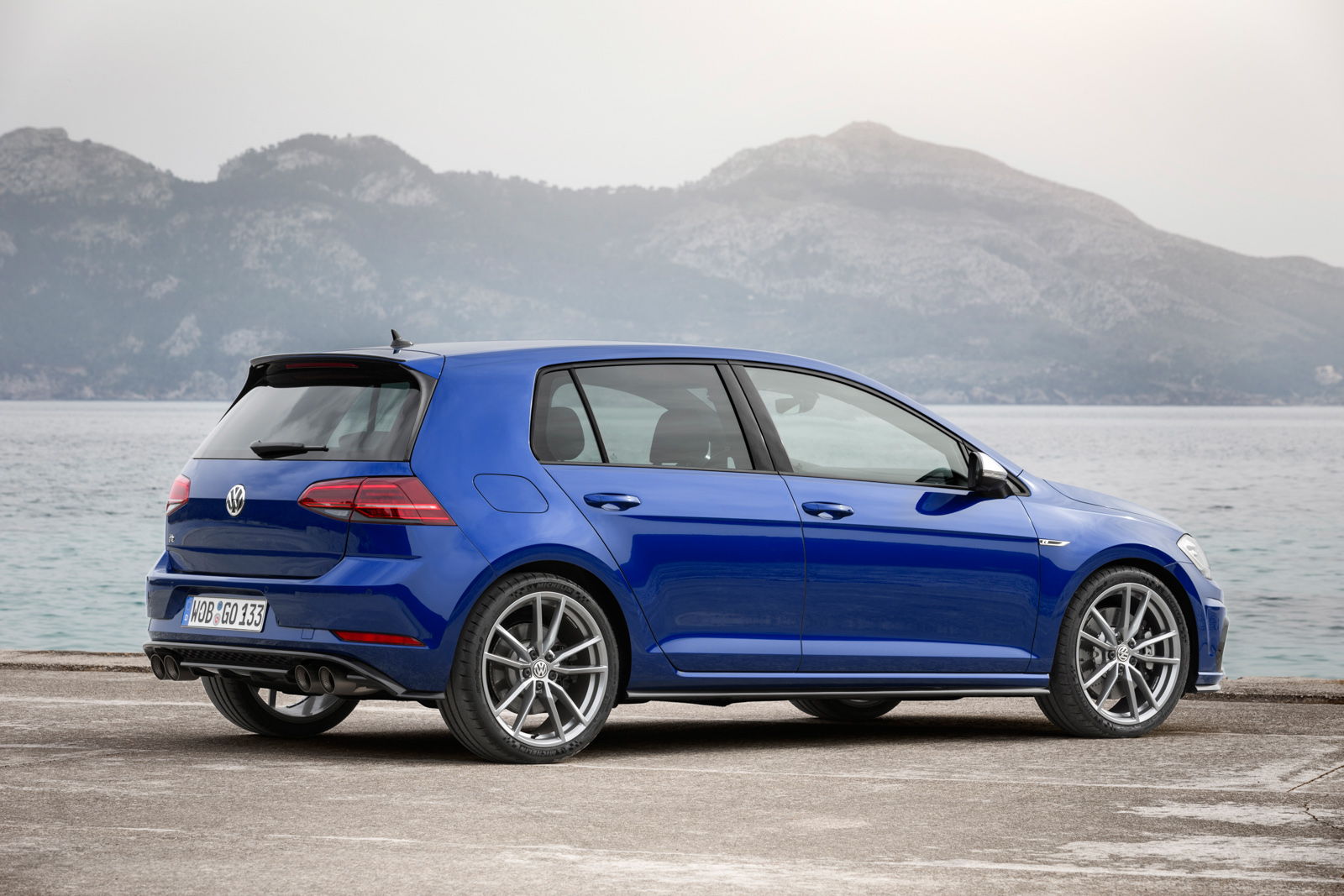
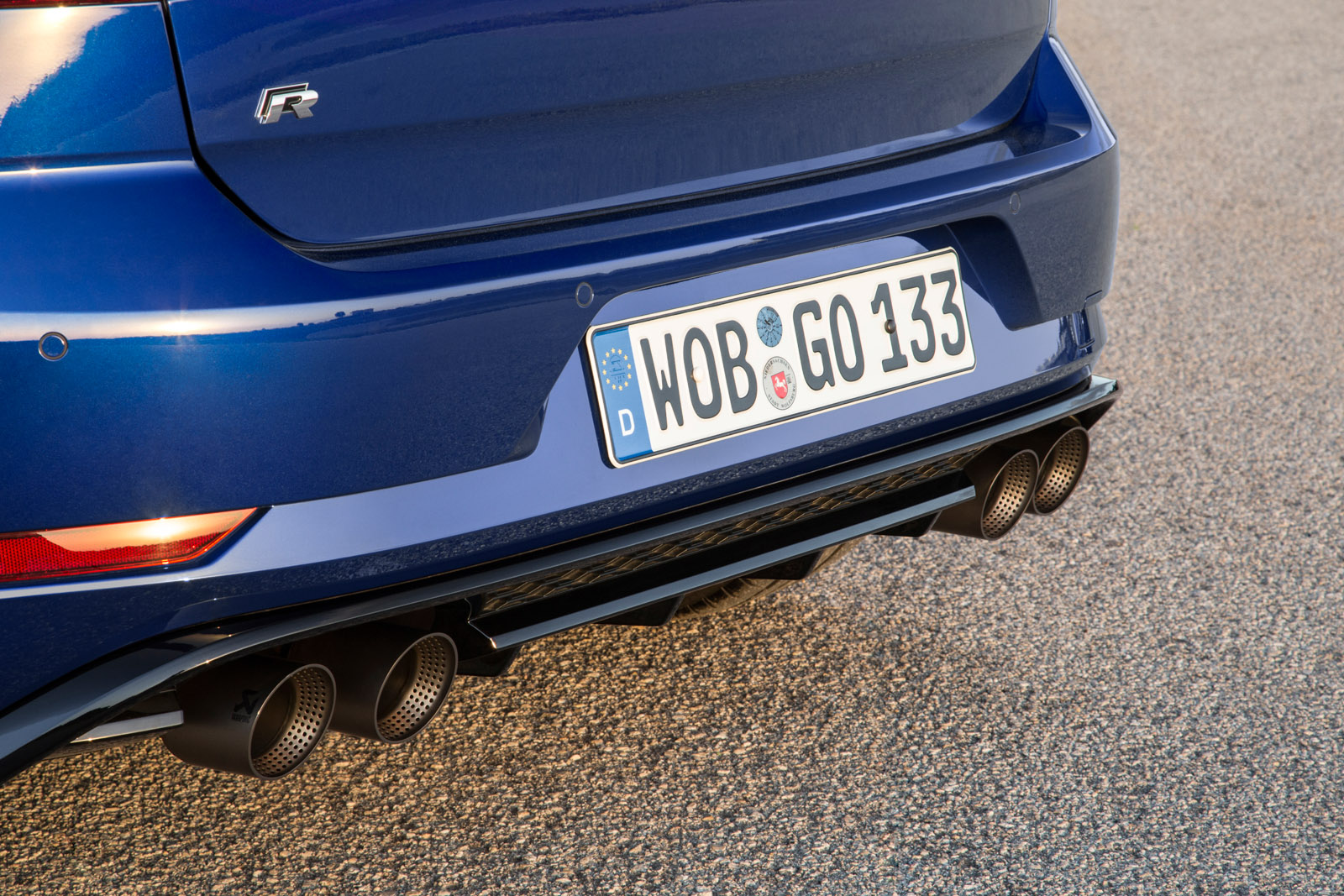
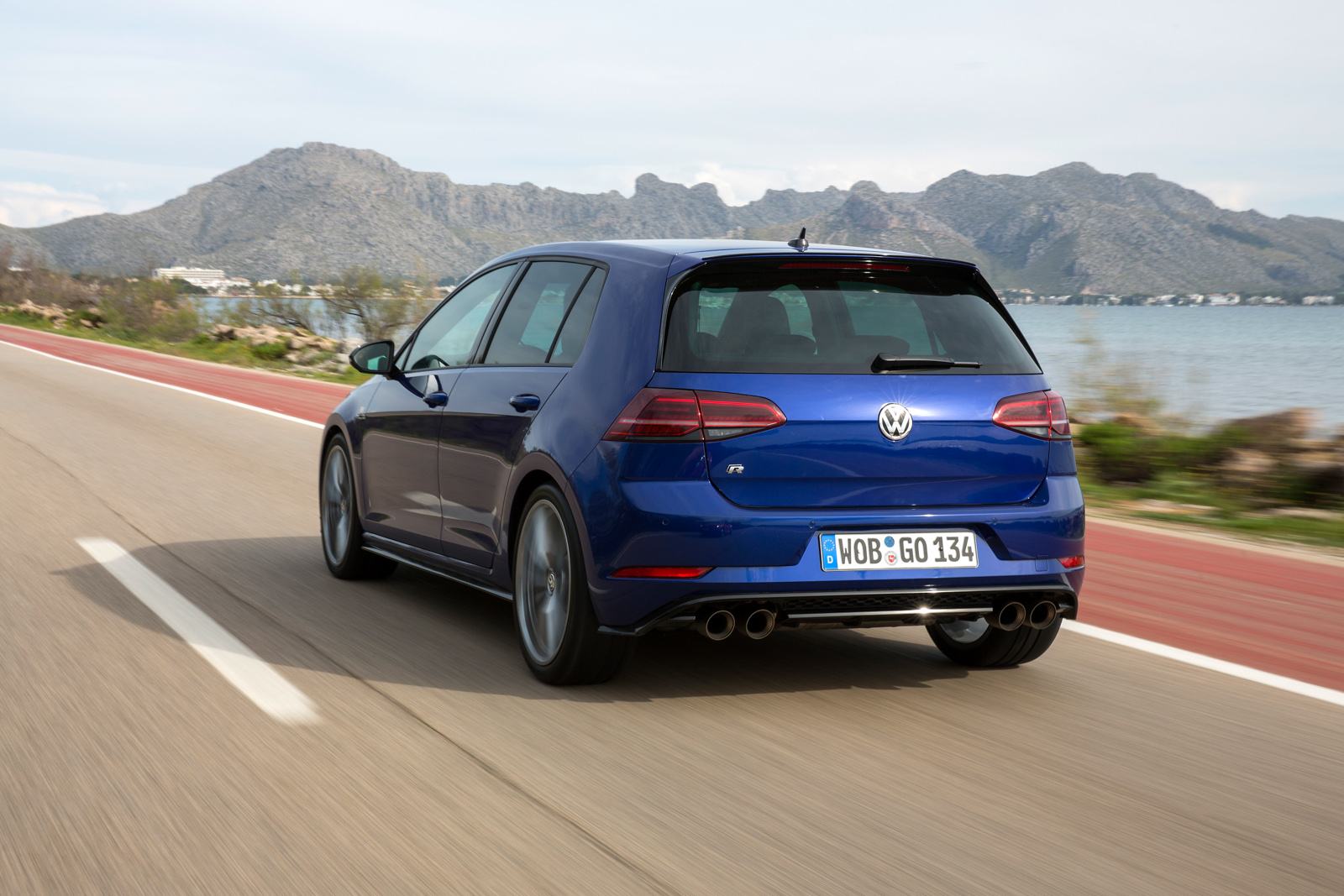

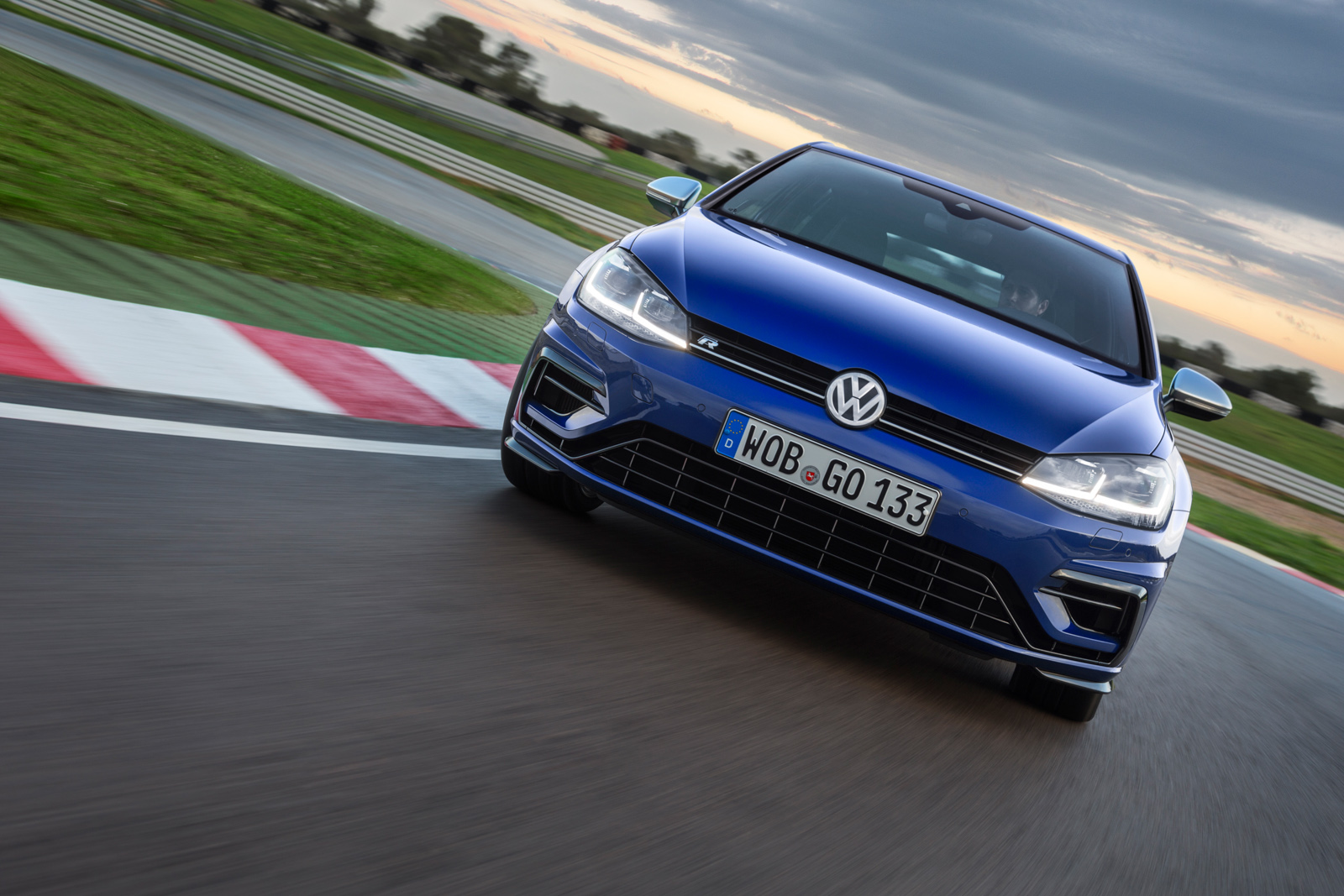
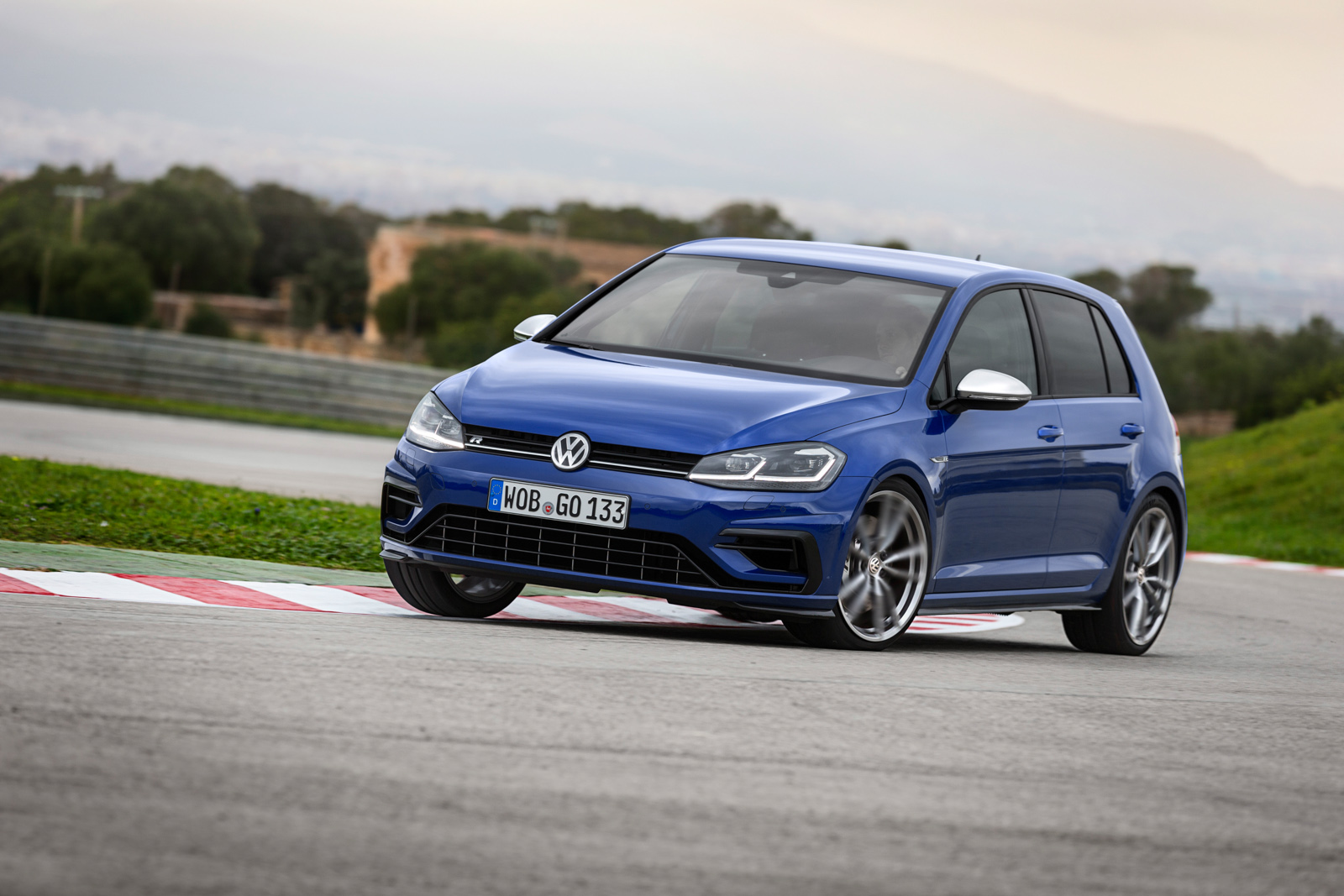
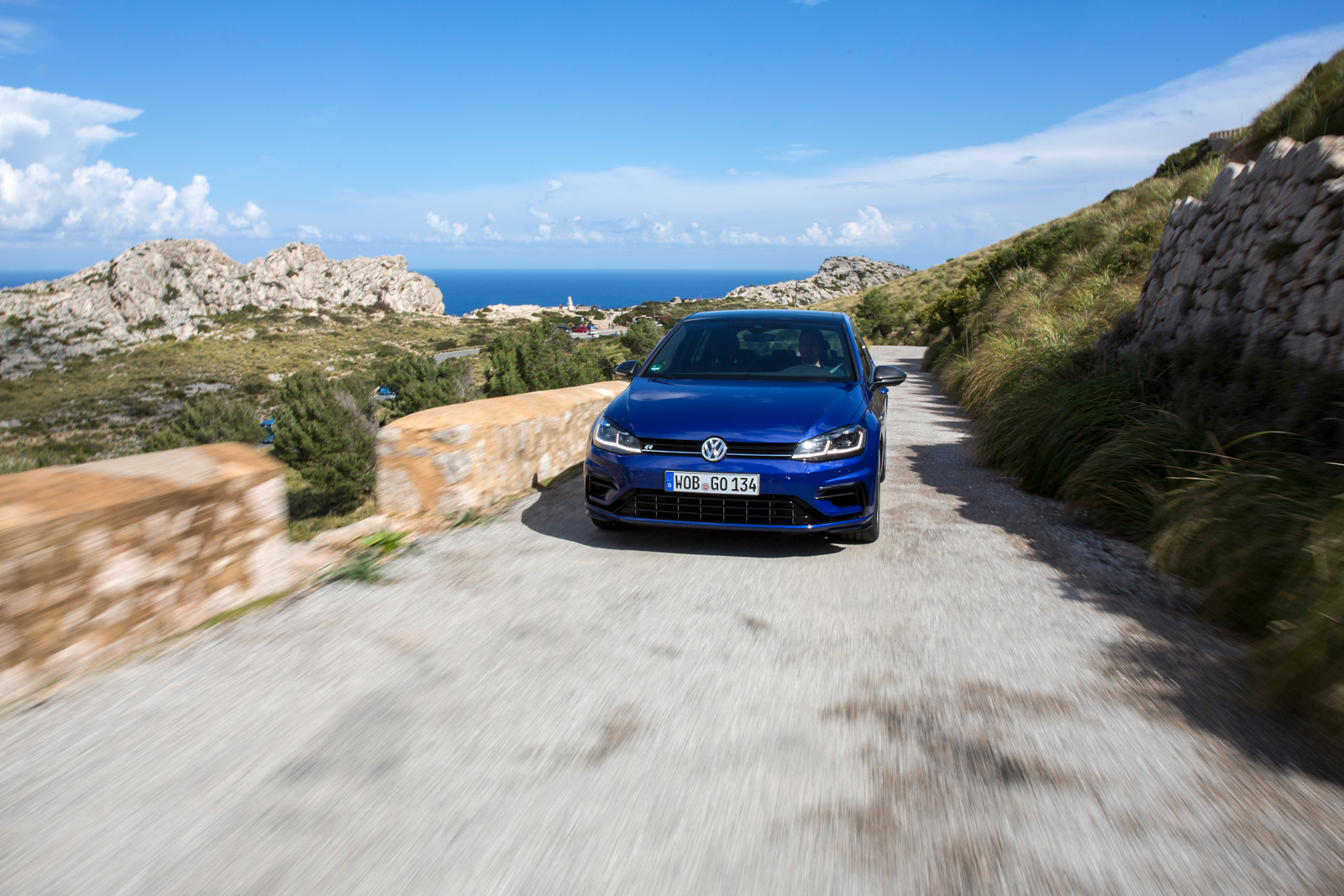

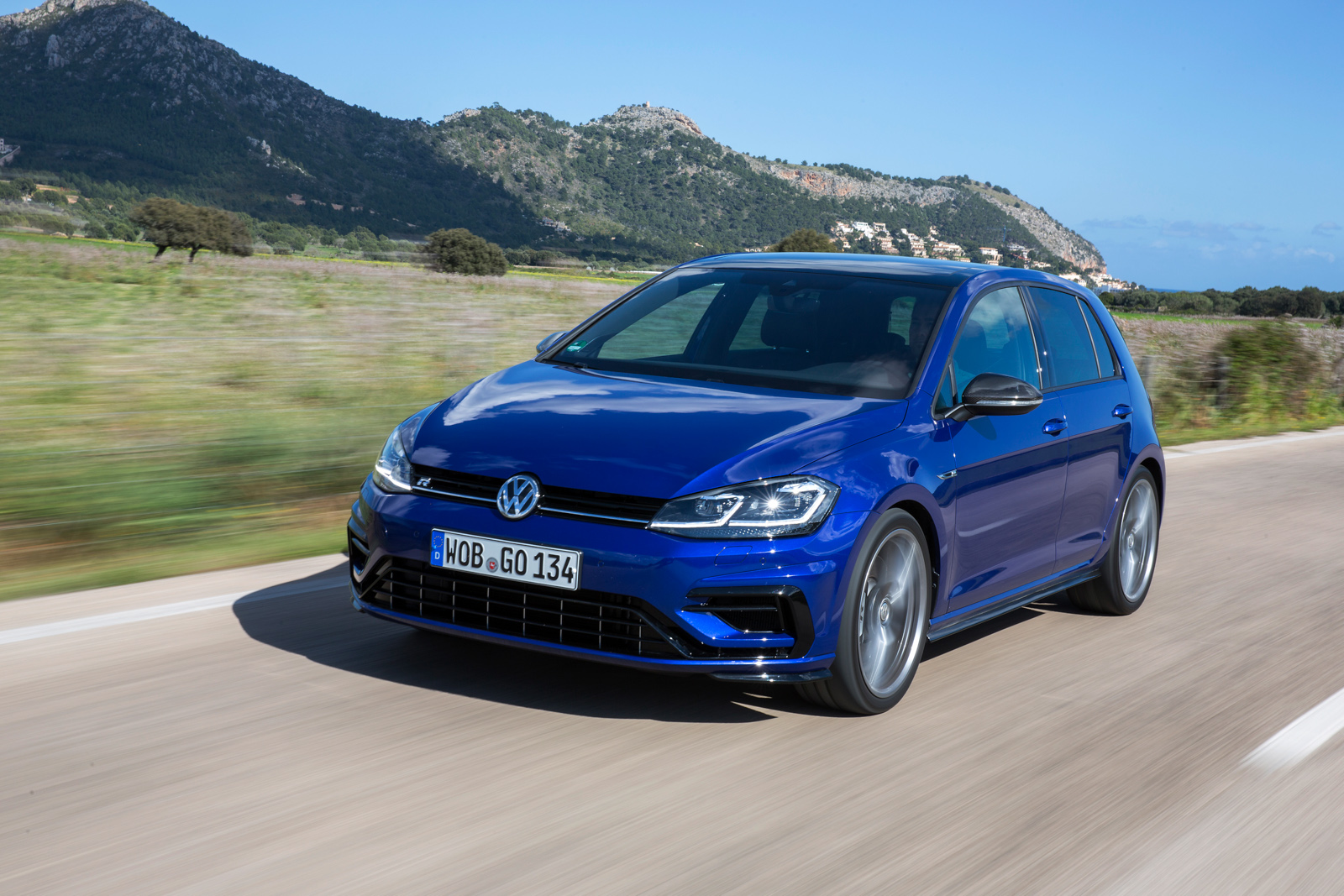
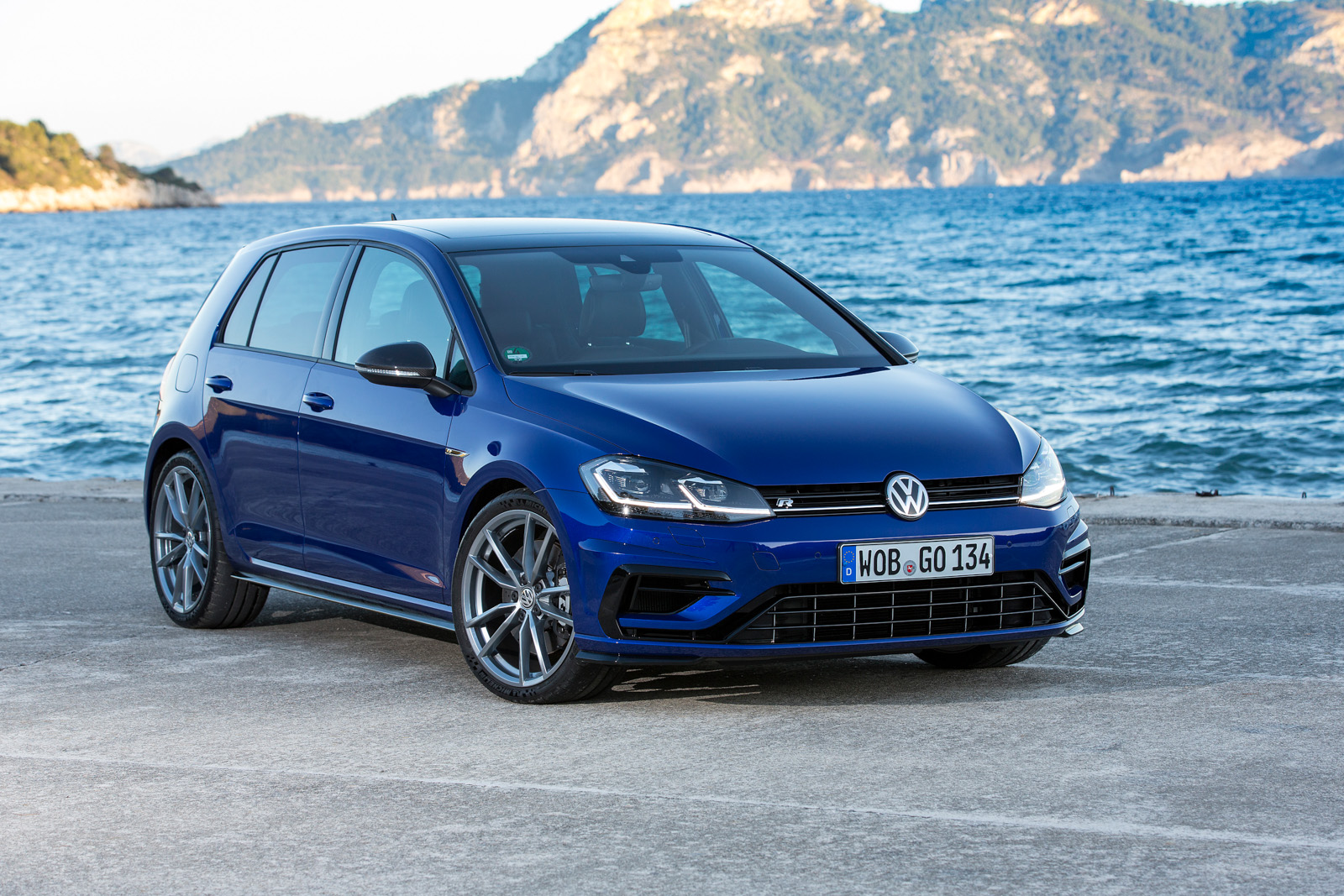
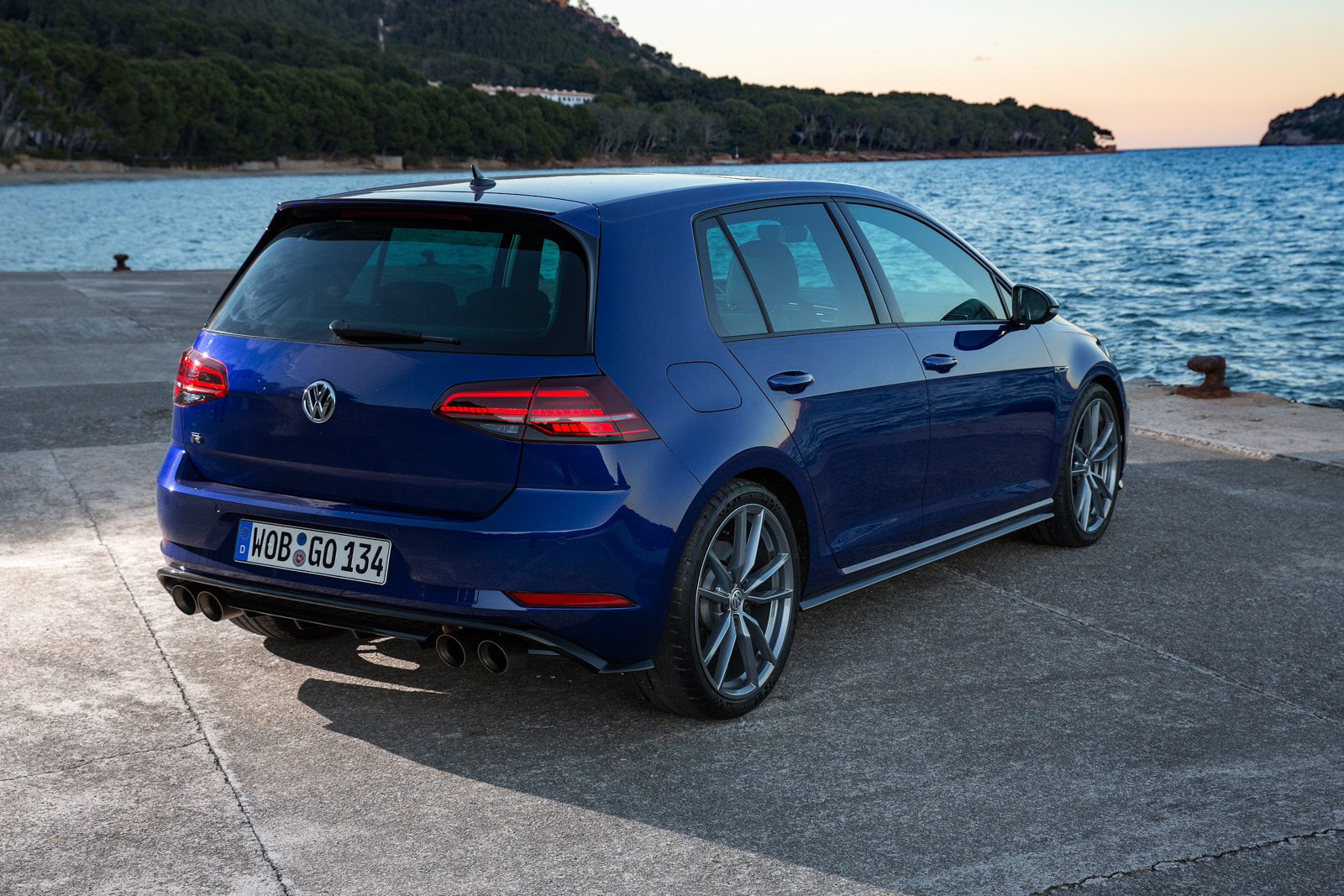
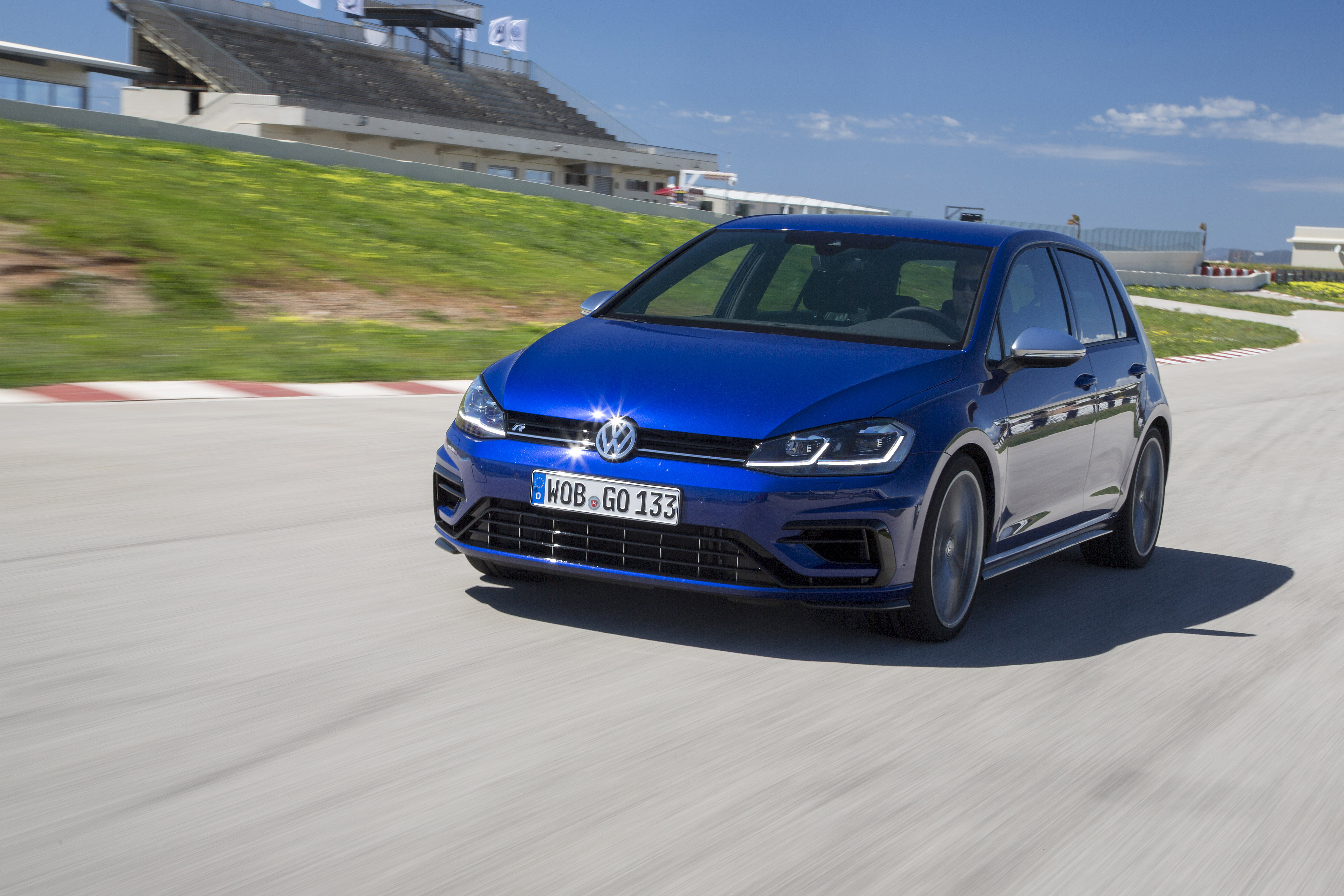
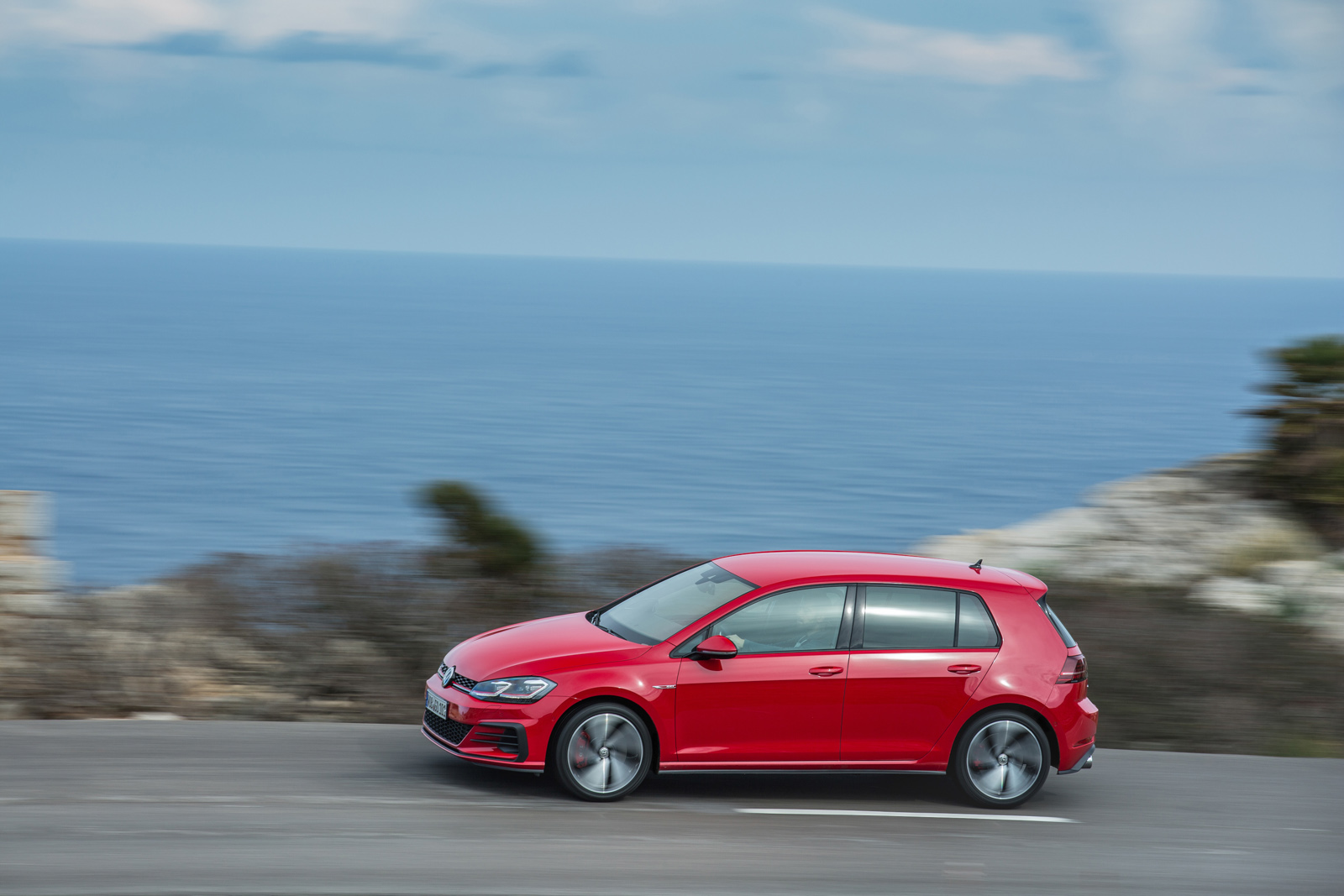
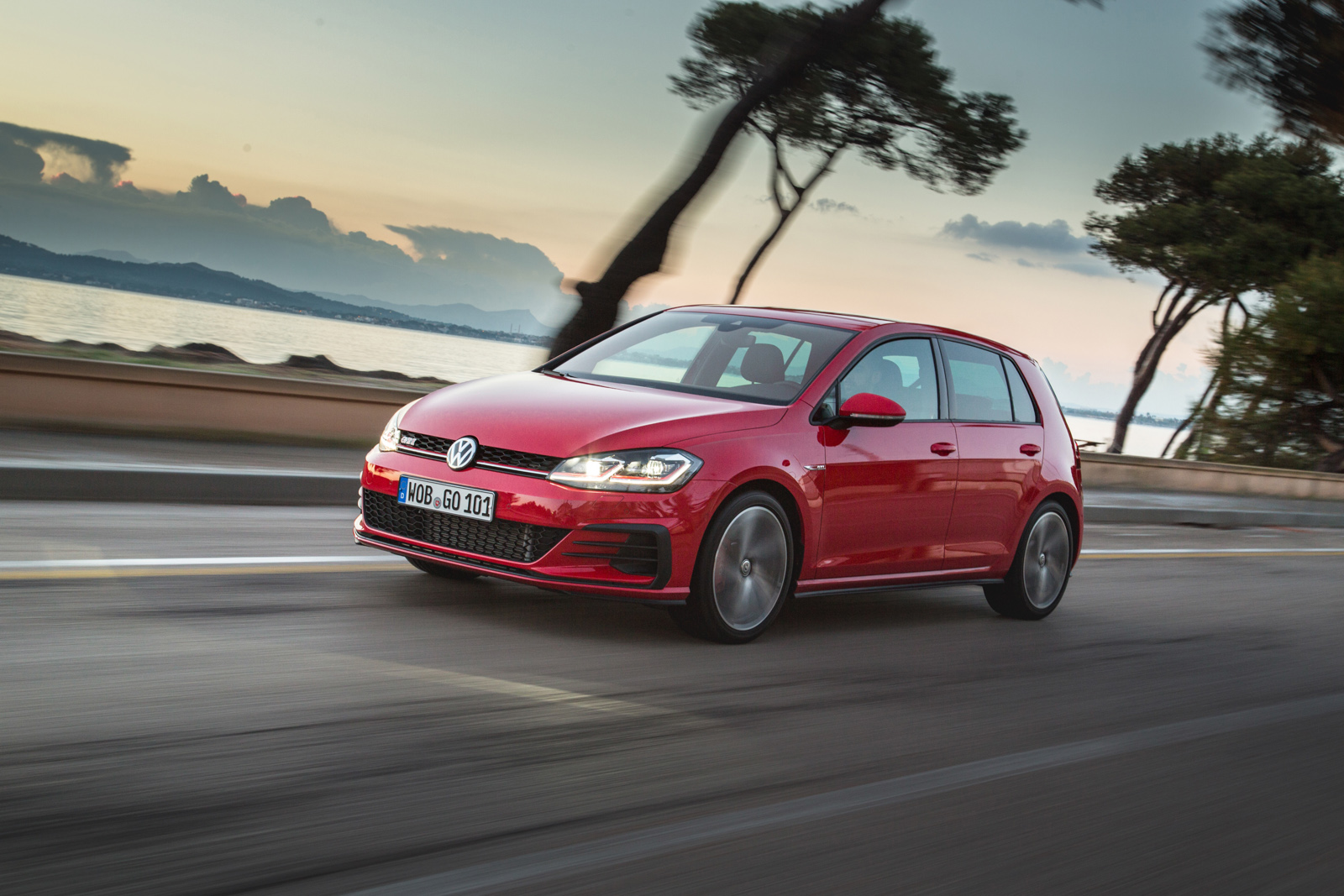
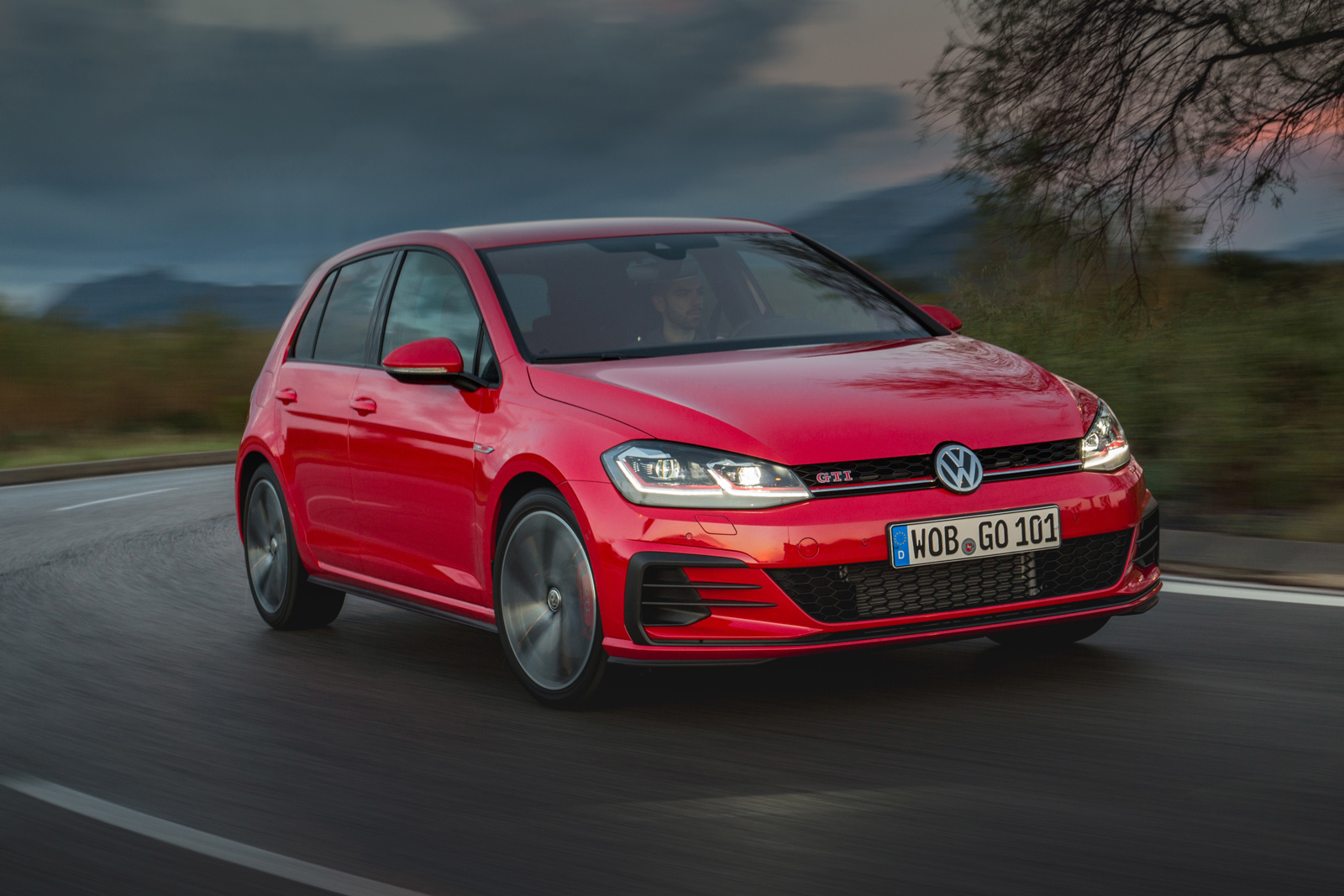

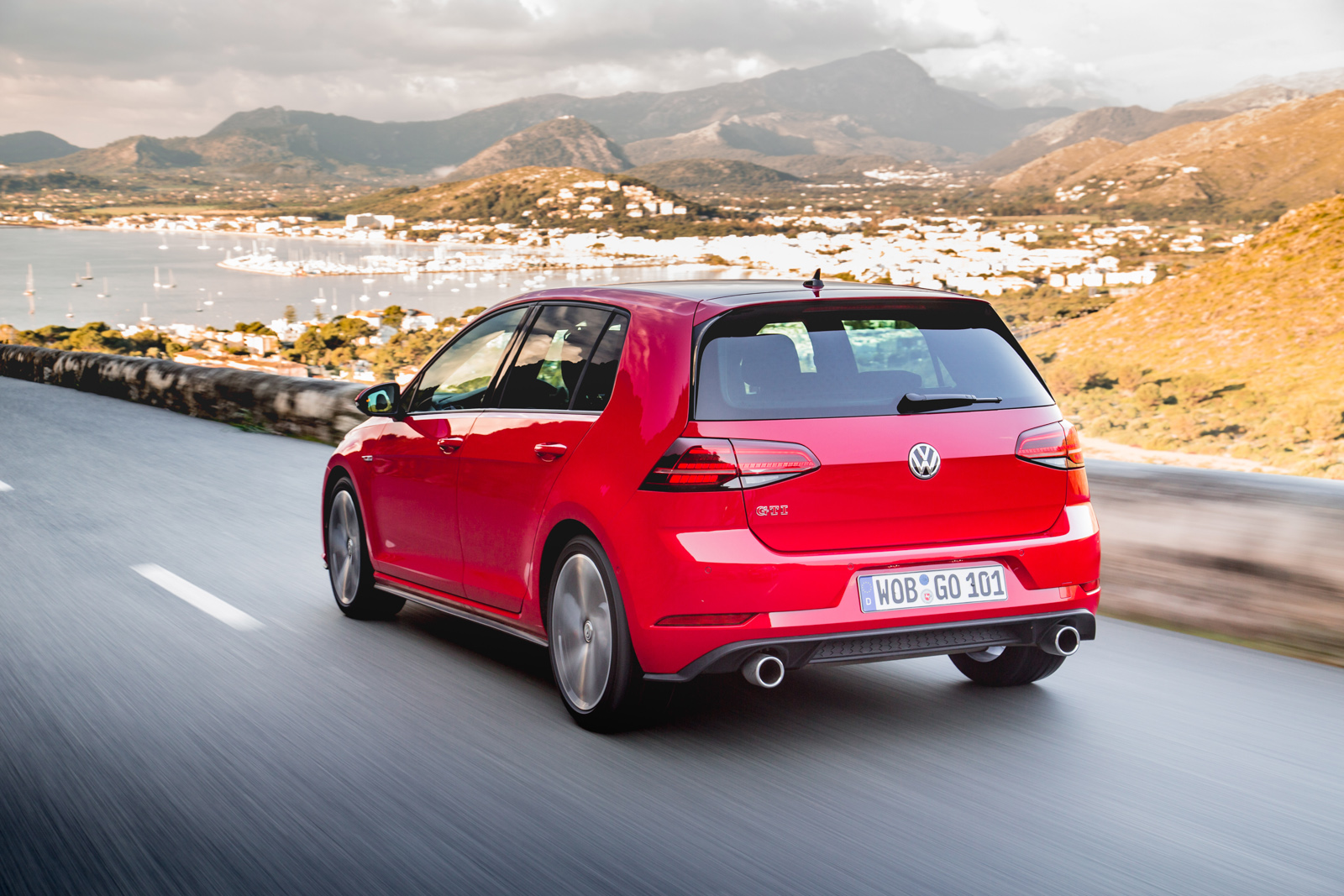

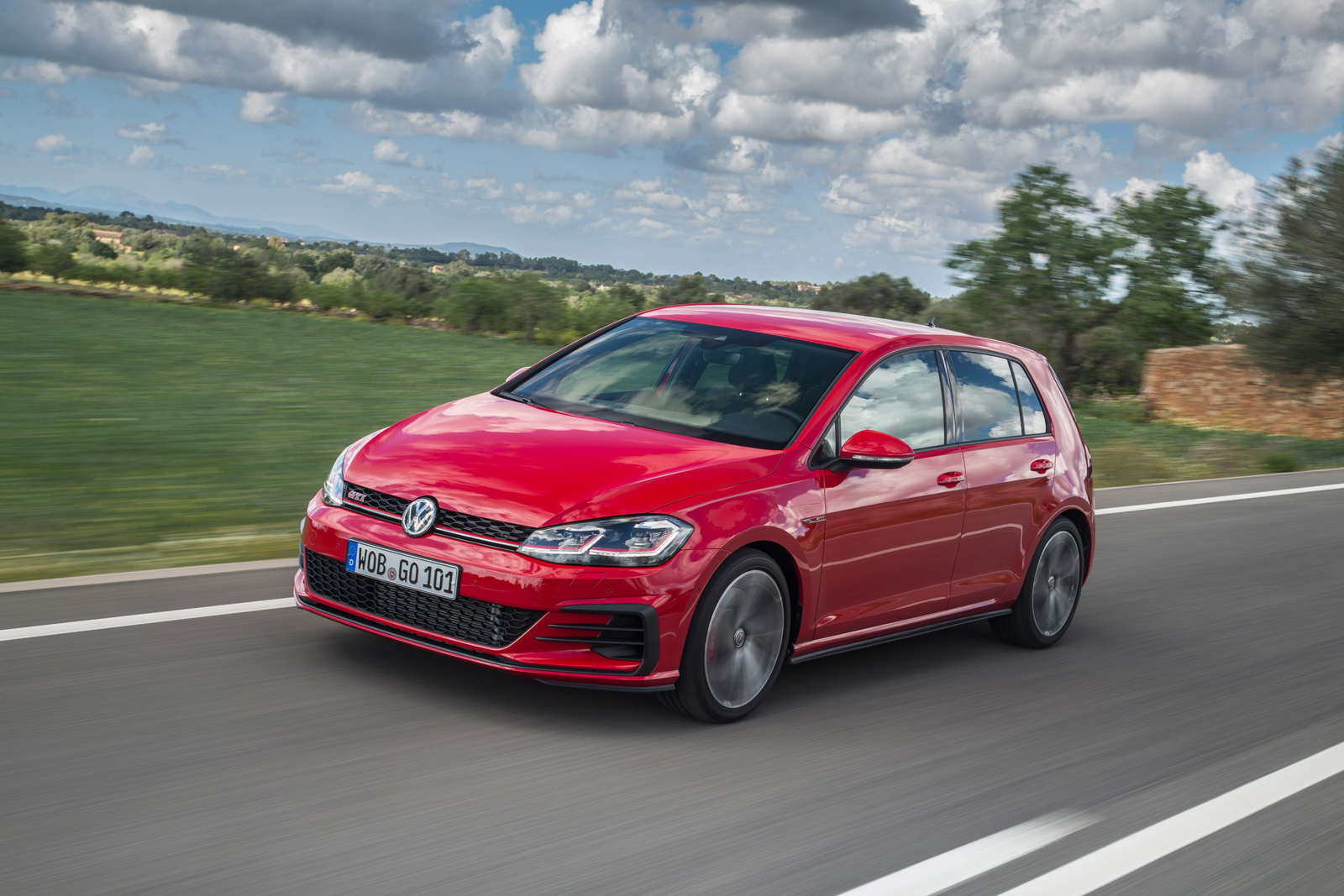

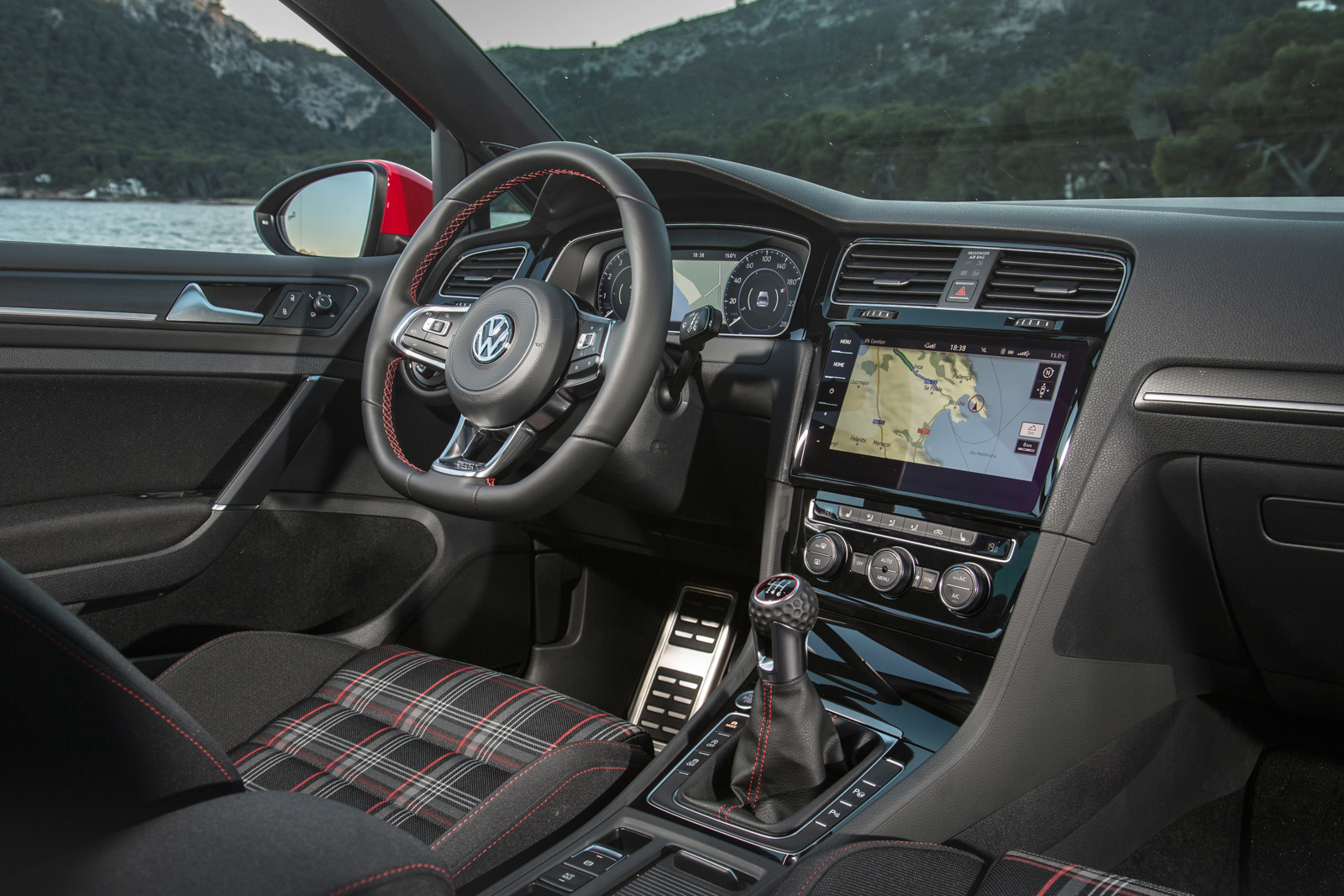
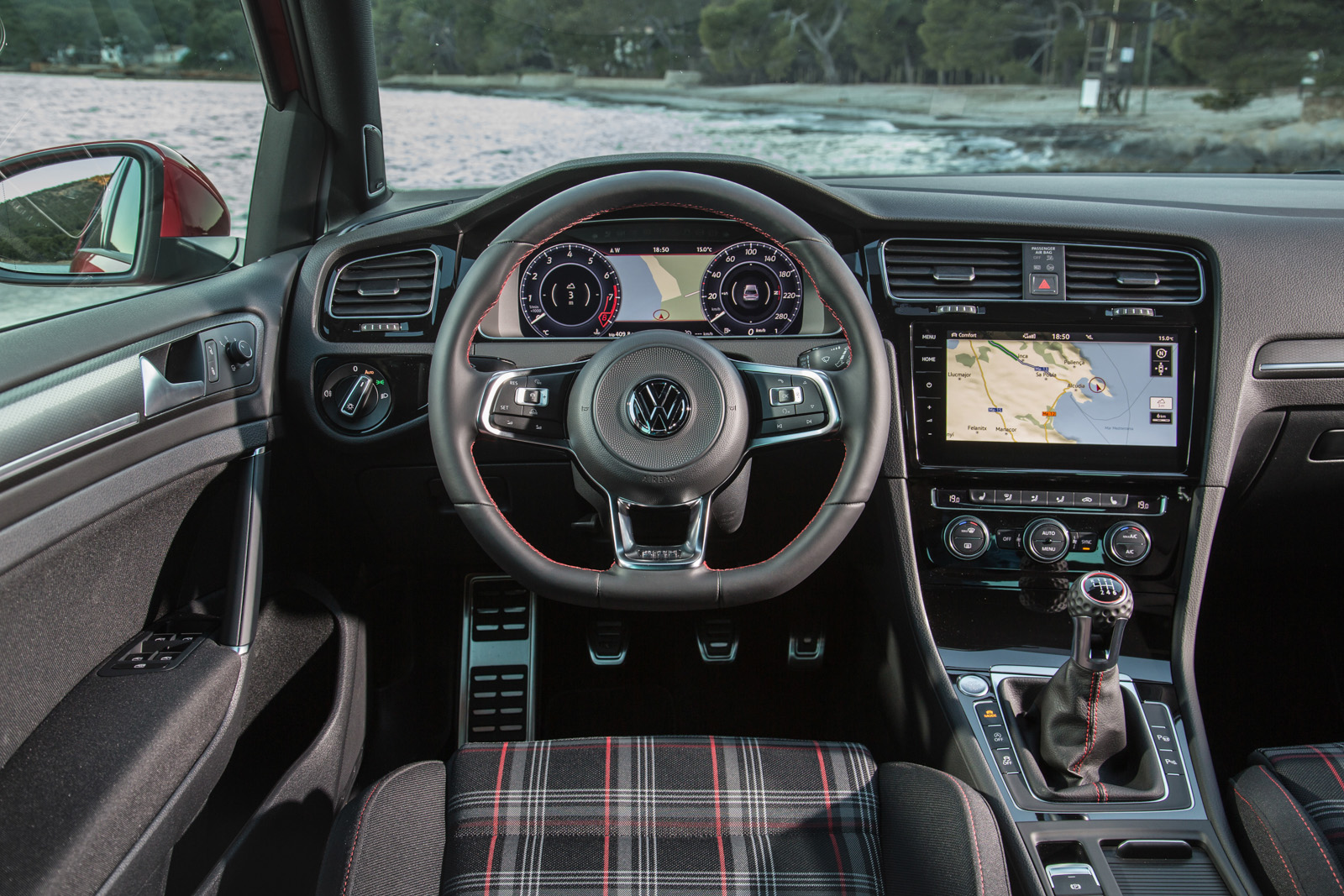

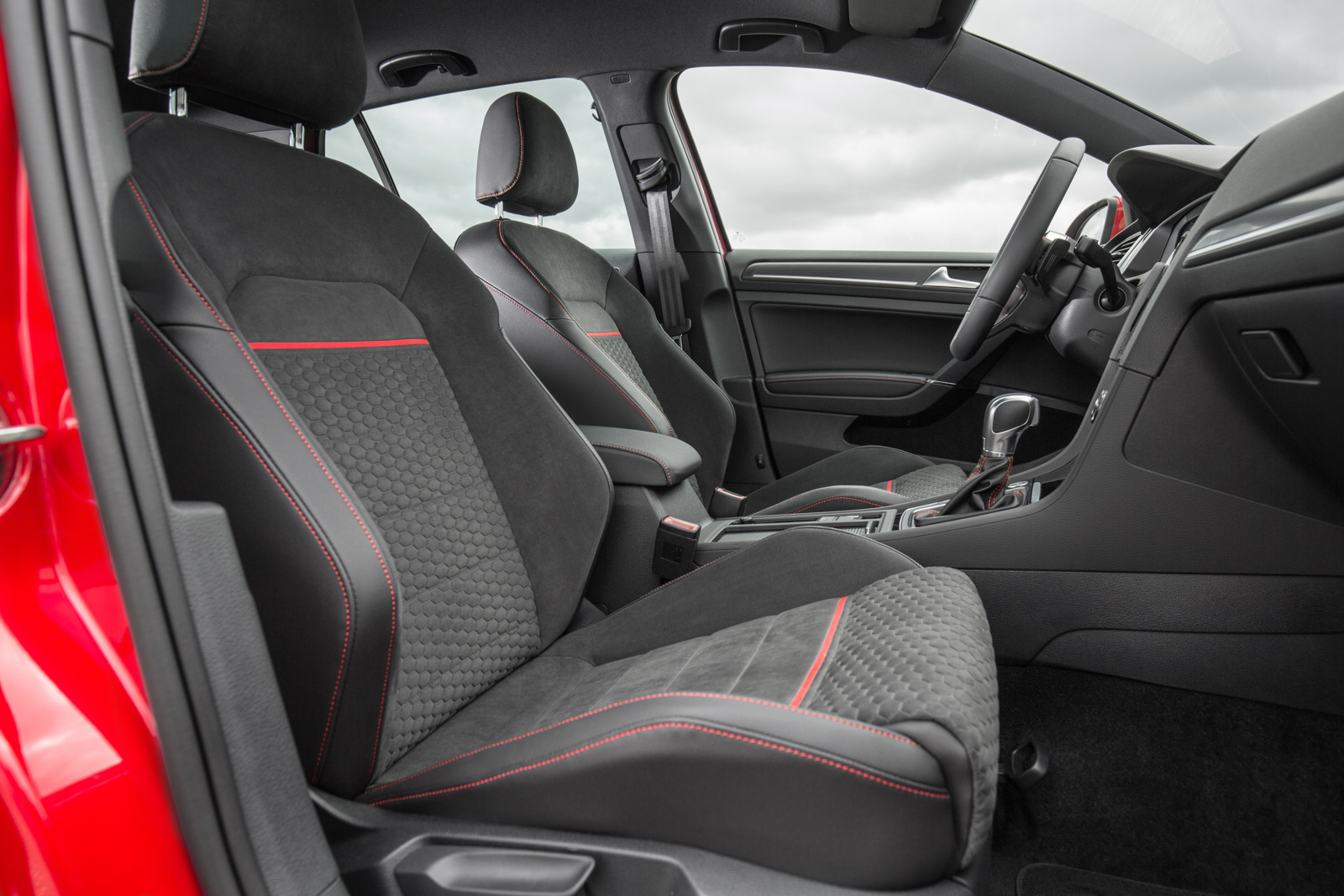











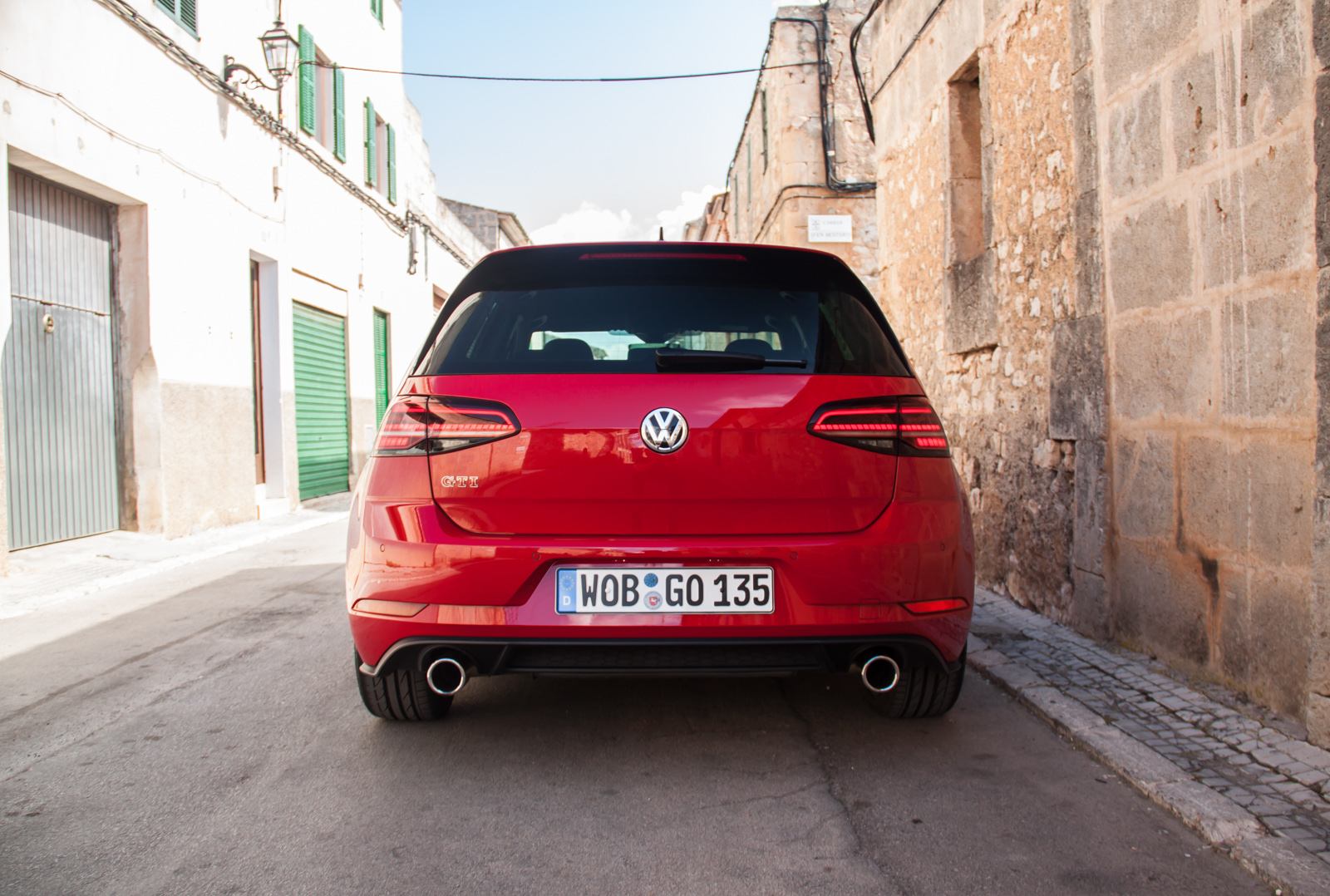
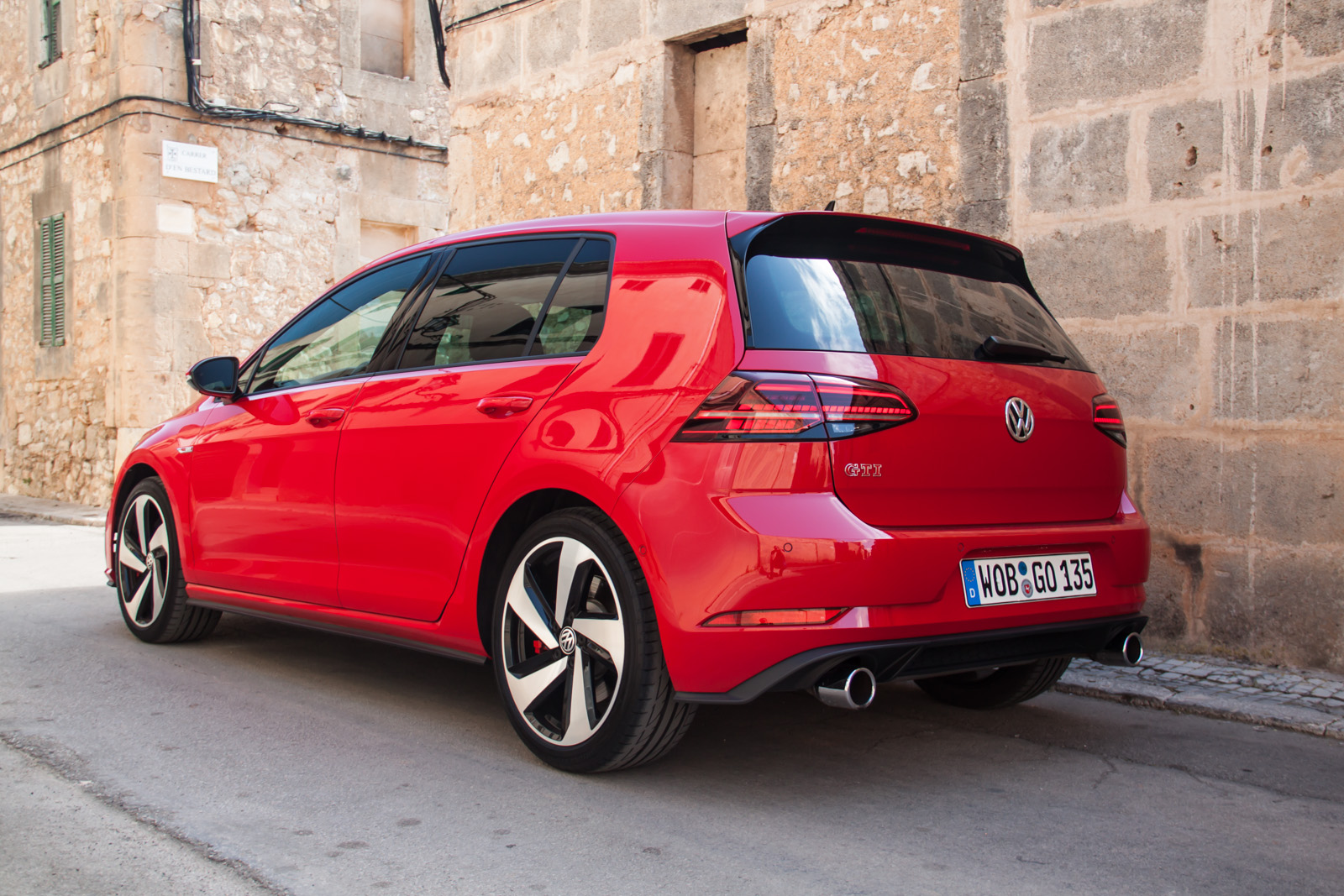











“Something I couldn’t wrap my head around however, was the way the regenerative braking system operates in the e-Golf.”
Hi there, thanks for the wrapup! I have the first generation 2015 eGolf, and here the shifter has different modes that control the regen. So when you shift to D, that’s pretty much no regen, and acts like your average gas engine. Pushing right (I think) gets you up to D1, 2, and 3, with progressively more regen braking when you lift off the pedal, and push left to go back down. Shifting downwards once more from D gets you to B, which gives the max regen, and from what I understand this mode acts like BMW’s one pedal mode. I always use B now, and mostly don’t need to brake unless someone in the way does something stupid. I live in Chicago so it’s nice for traffic, but stopping at red lights seems buggy – sometimes lifting off the pedal completely lets me stop completely (like BMW’s one pedal) but sometimes gives slight acceleration like a gas engine. For downhills like you mentioned, these modes would give you performance like engine braking from downshifting on a gas engine.
I also notice in the LCD photo you were in Normal mode when you took it. For my 2015 there’s Normal mode which gives you the great acceleration performance you noticed, and two economy modes that require more pedal for more acceleration, but which also turn off different energy draining features. I found this annoying, as for city driving I prefer the highest economy mode with the lightest acceleration/pedal gradient, and this also does things like limiting highway speeds to 60MPH/90KPH with a frustrating pedal stomp to go past 60/90, and turns off the auxiliary heater core (since there’s no gas engine to pull waste heat from).
Another annoying thing they seem to have kept is the status for these two features. I don’t see where the shift status is in photo 2: for 2015 the shifter mode is up in the central HUD through the steering wheel, in the same place where the 15C temp number is in your test model. I assume the German display probably uses different terms and letters that I don’t recognize. But the economy mode is in the same place for both years, on the center console screen (‘Normal’ in photo 3), so you have to look in two places to see what modes you’re in. Not a huge problem, but not exactly optimal. I do plan to get this year’s new model, but I would have liked to see the economy mode moved up with the HUD shifter display.
Again, thanks for your testing!
Thanks for your input! It clears up quite a few things, as I was not aware of the different regenerating modes. My time behind the wheel of the e-Golf was simply too short to take notice of the array of different functions. I however would’ve liked for the most heavy regenerative braking mode (B) to be the standard one. It only makes sense? This way I probably would’ve gotten a more realistic impression of the car’s range too!
Yep, it’s all in the manual, but even I haven’t read the manual. ;)
You’d think for a nonstandard car like the eGolf they would have a cheat sheet to avoid these kinds of situations for review cars, though, especially with a model spread like you tested. Oh well.